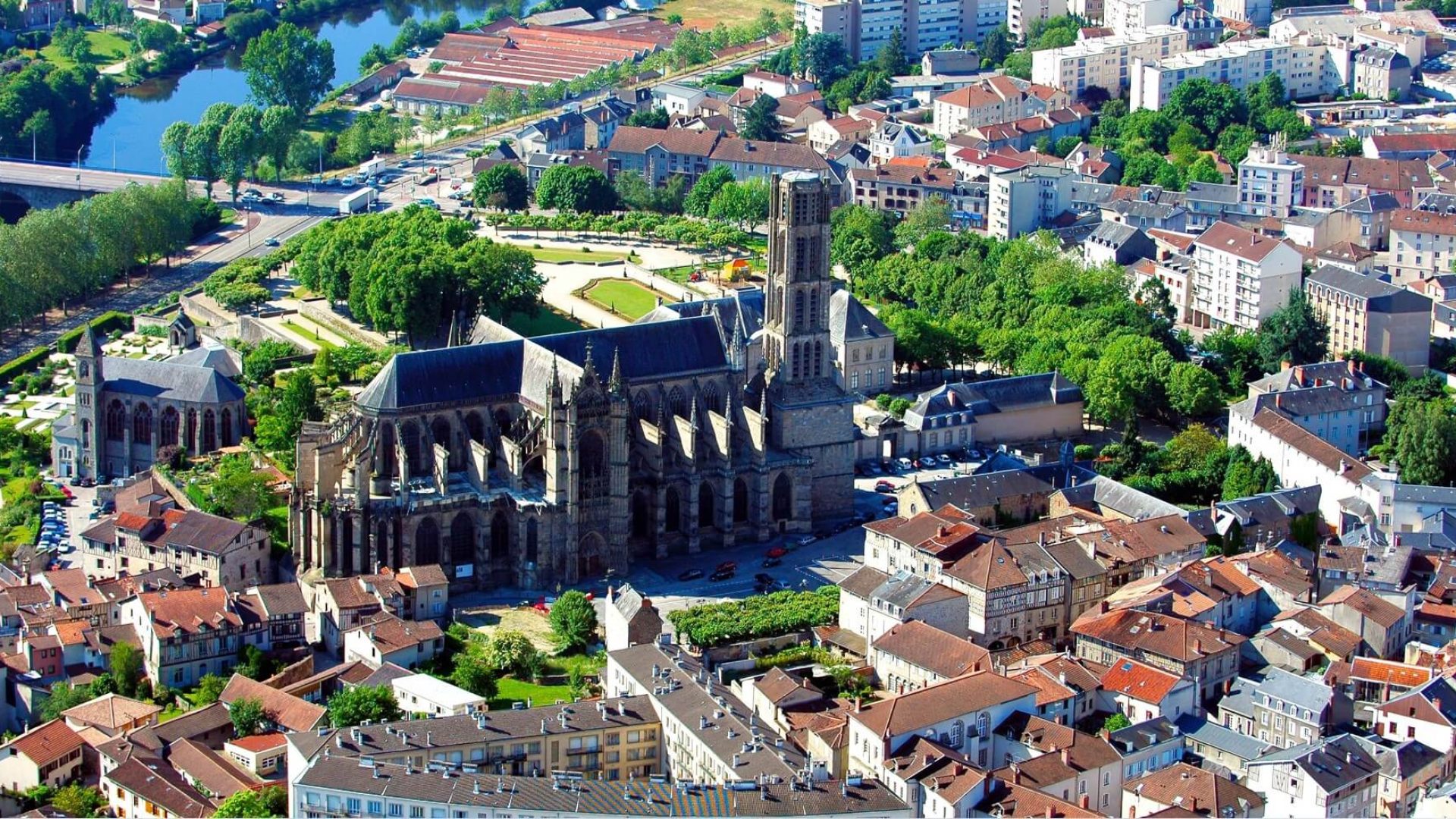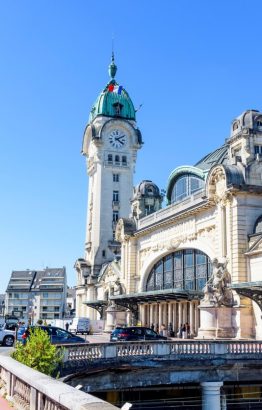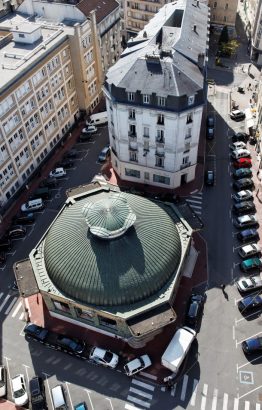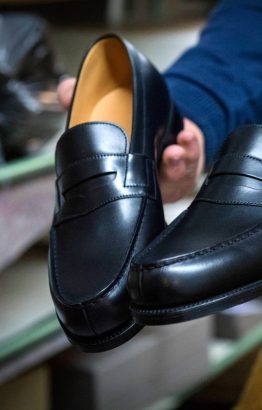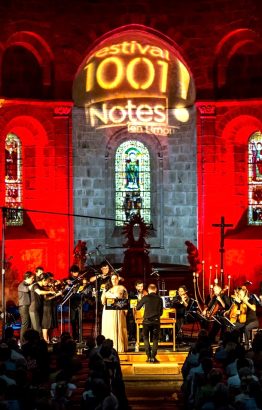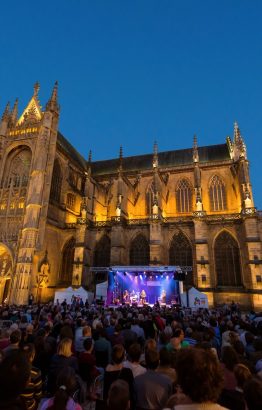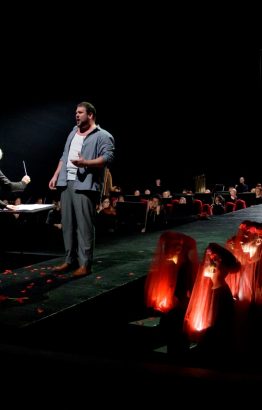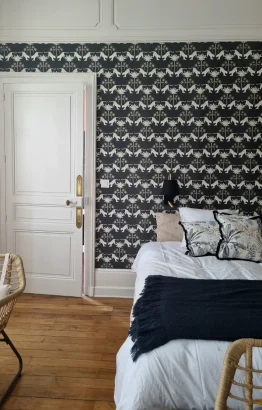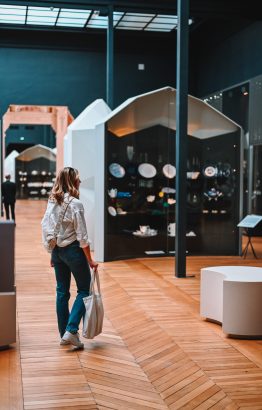The cathedral district called Cité developed from the IVe century around the Christian sanctuary founded by Saint Martial, while the station district asserted itself as one of the many suburbs built in the XNUMXe century.
"The high tower of Saint-Étienne Cathedral seems to dominate the city of Limoges as a whole."
Haute Cité street
Former commercial heart of the City of Bishops, this pedestrian street opens in a triangle between beautiful merchants' buildings, with their stalls on the ground floor and deep cellars. Above a stone masonry level rise the half-timbered floors. At n°10, notice a beautiful cross window.
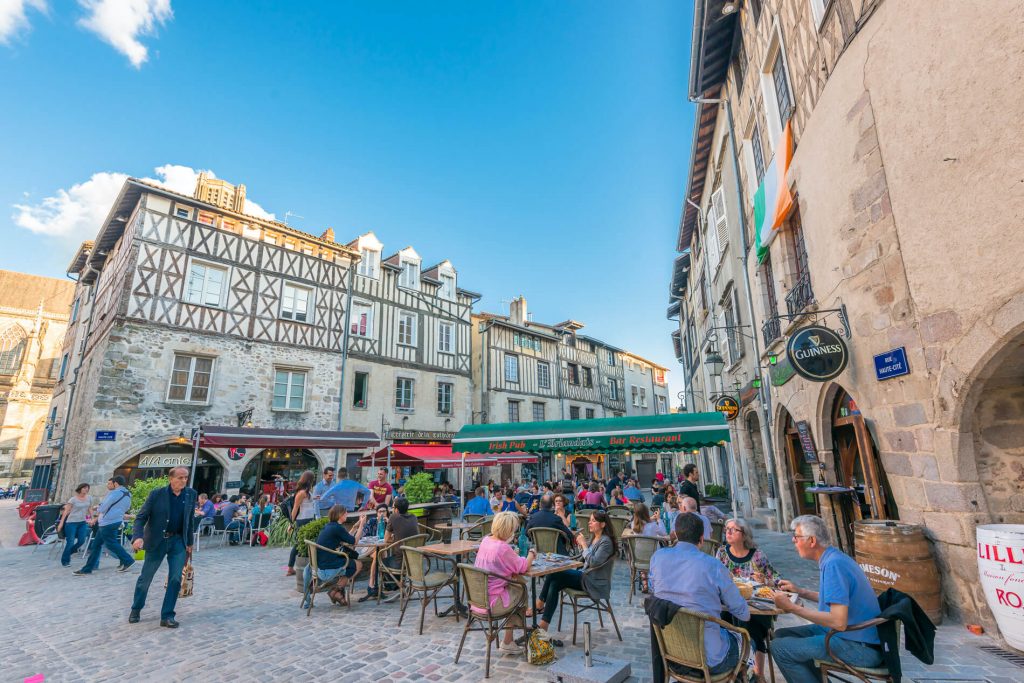
Saint-Etienne cathedral
From the XNUMXth century, a first early Christian basilica dedicated to Saint Stephen was erected on the supposed site of an ancient temple. In the XIe century, a Romanesque cathedral replaced it, of which only the crypt and the first three levels of the bell tower remain today. The current cathedral presents a remarkable unity of Gothic style in spite of the six centuries necessary for its
building (XIIIe -XIXe) due to the almost exclusive use of granite. Inside, discover a remarkable Renaissance limestone rood screen depicting the Labors of Hercules and a Virgin in Majesty in enamel and goldsmithery made by Léa Sham's and Alain Duban.
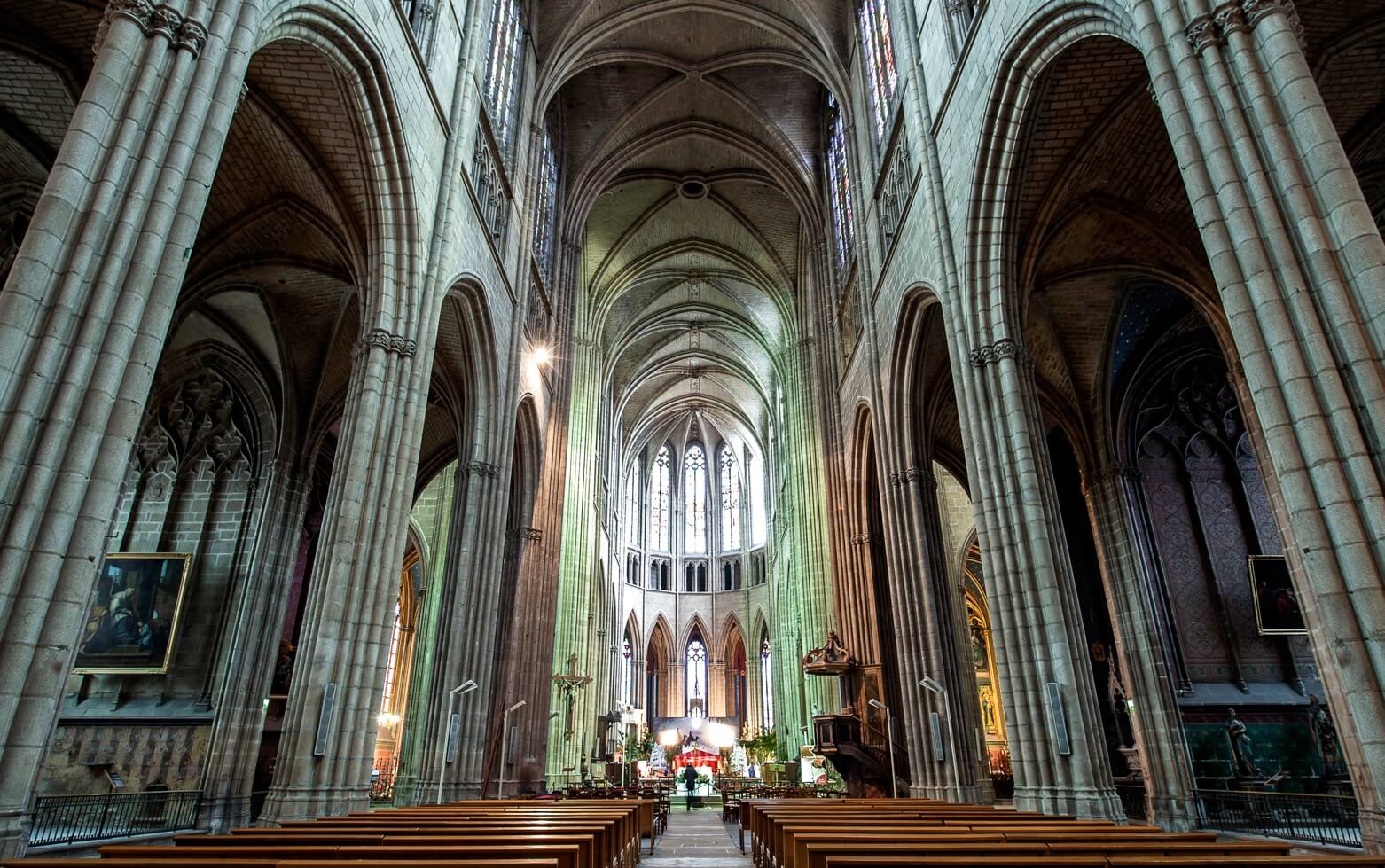 Saint Etienne Cathedral © Morgane Gorse
Saint Etienne Cathedral © Morgane Gorse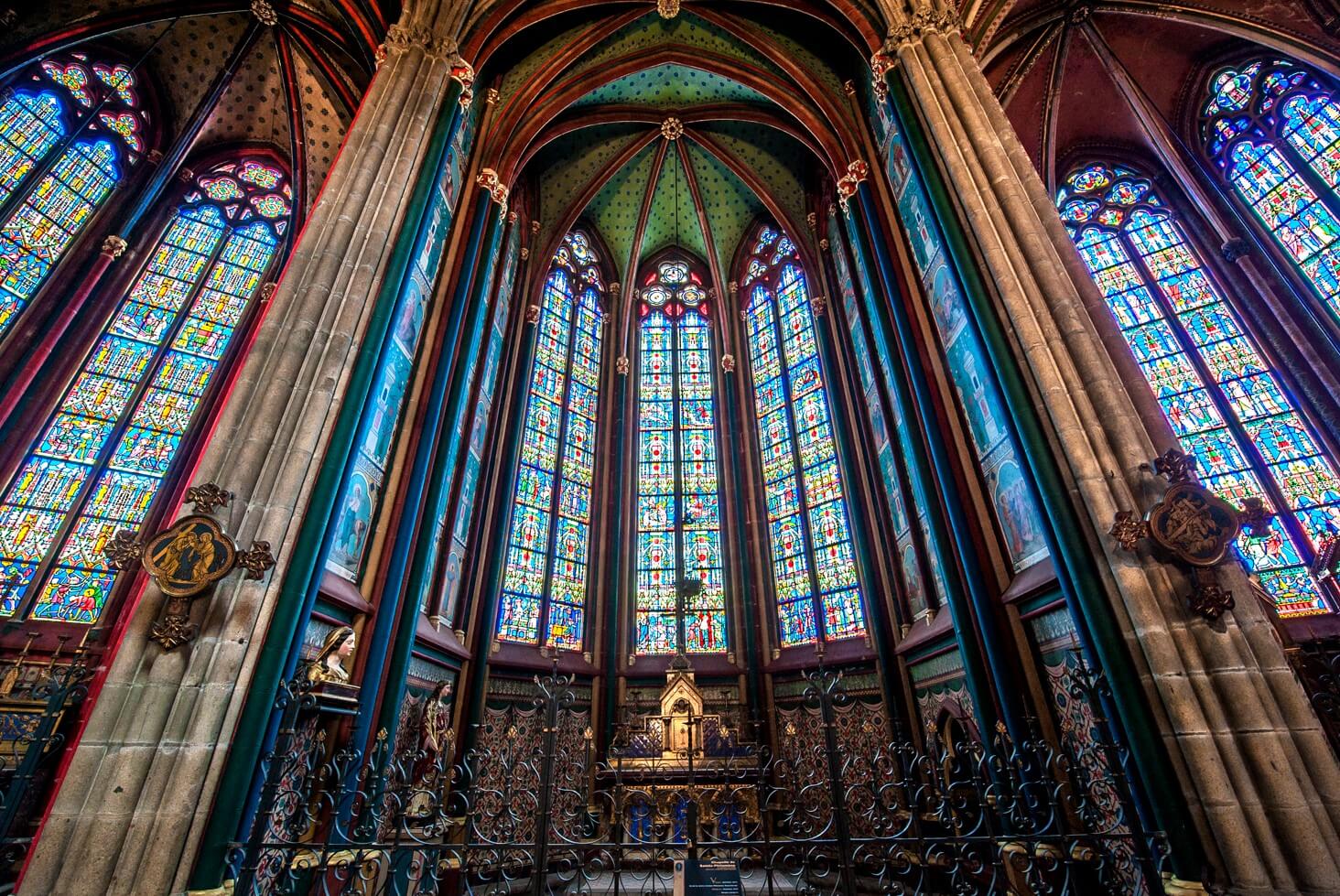 © Morgane Gorse 2
© Morgane Gorse 2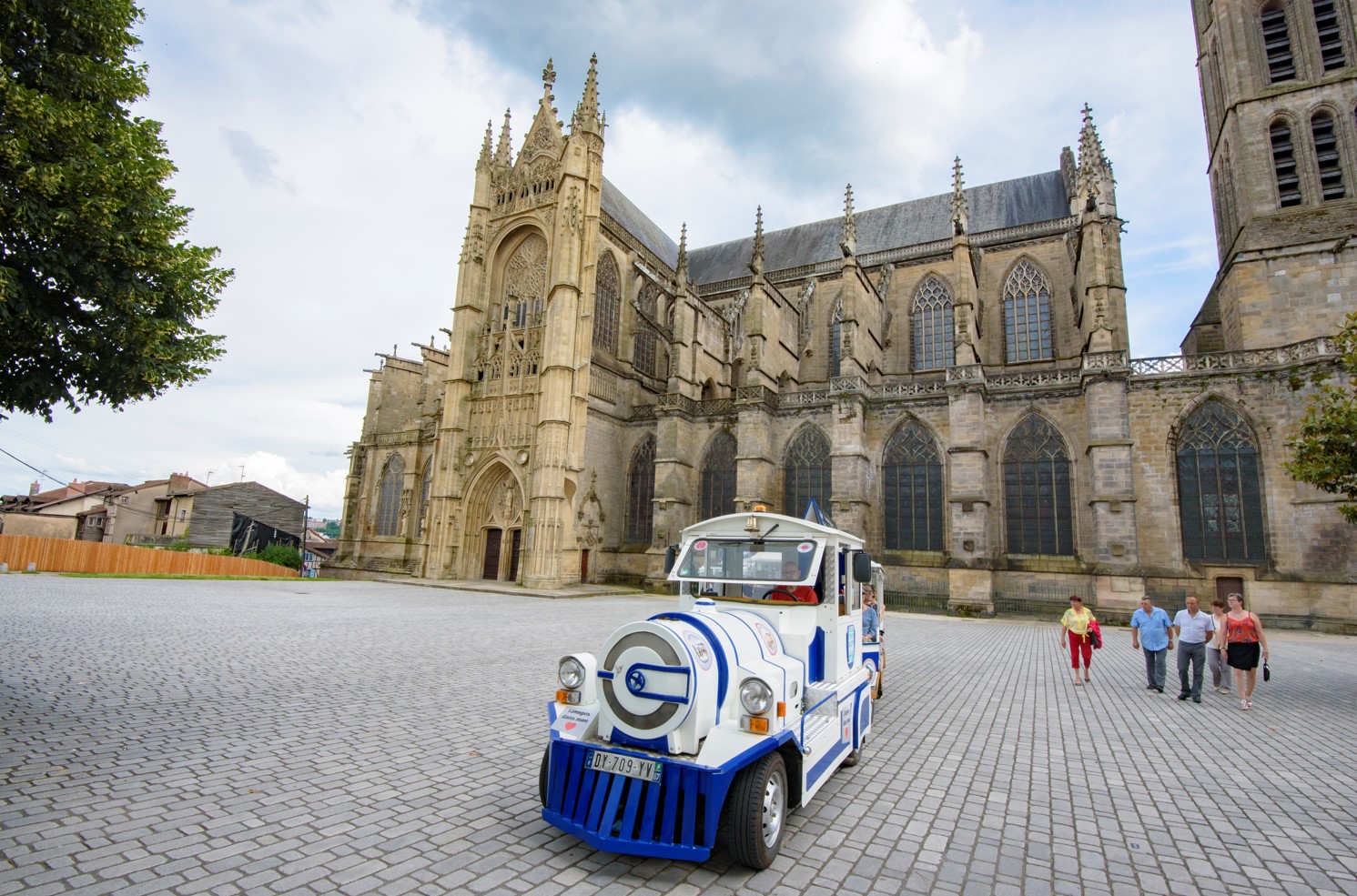 City of Limoges – Thierry Laporte
City of Limoges – Thierry Laporte
Beaux-arts museum
Totally renovated, this museum occupies the former Episcopal Palace of the XVIIIe century. It houses an exceptional collection of enamels dating from the Middle Ages to today, paintings (Renoir, Denis, Valadon, Guillaumin, etc.) and Egyptian antiquities. It traces 2 years of the city's history.
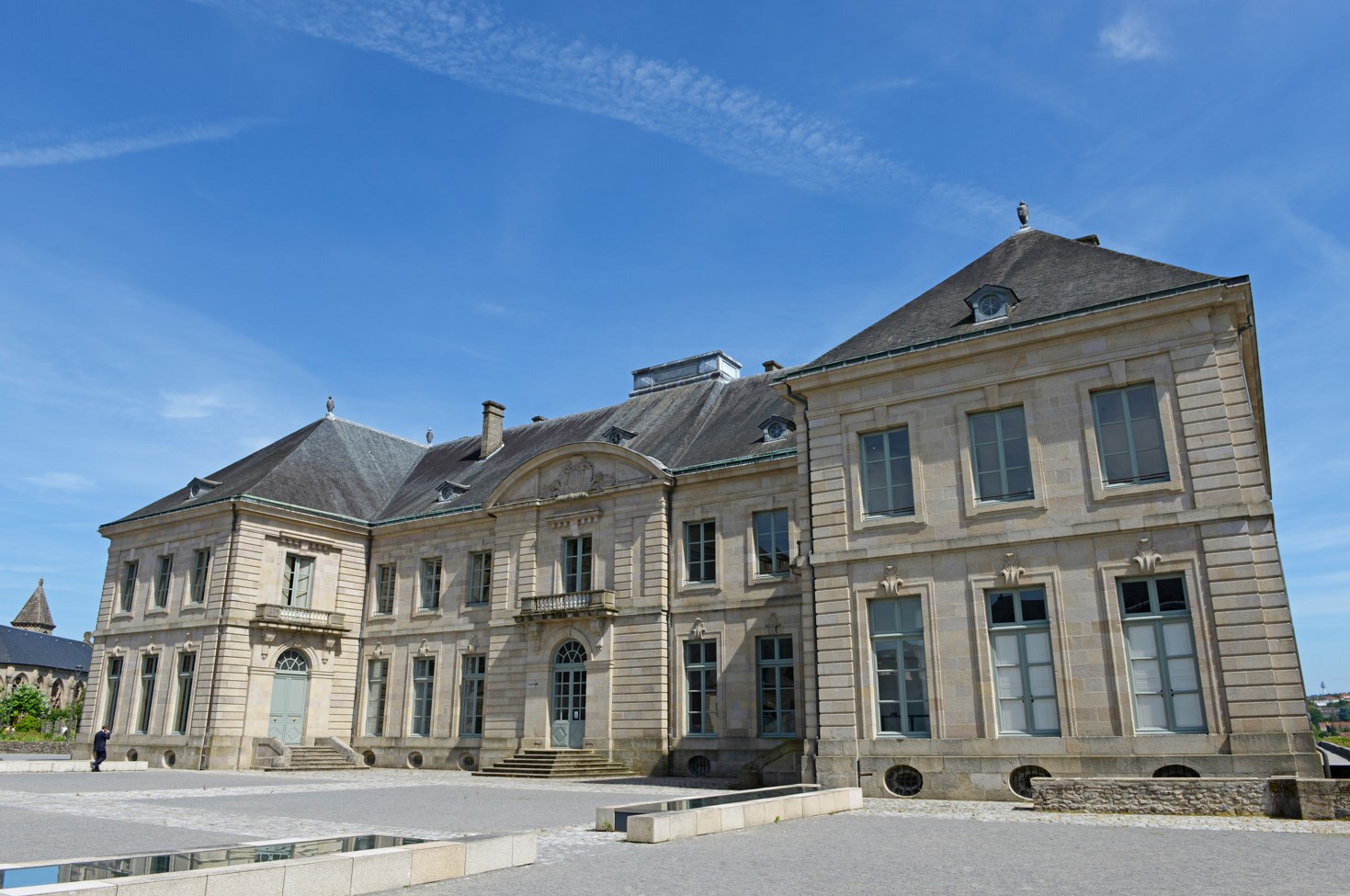 Museum of Fine Arts ©Laurent Lagarde
Museum of Fine Arts ©Laurent Lagarde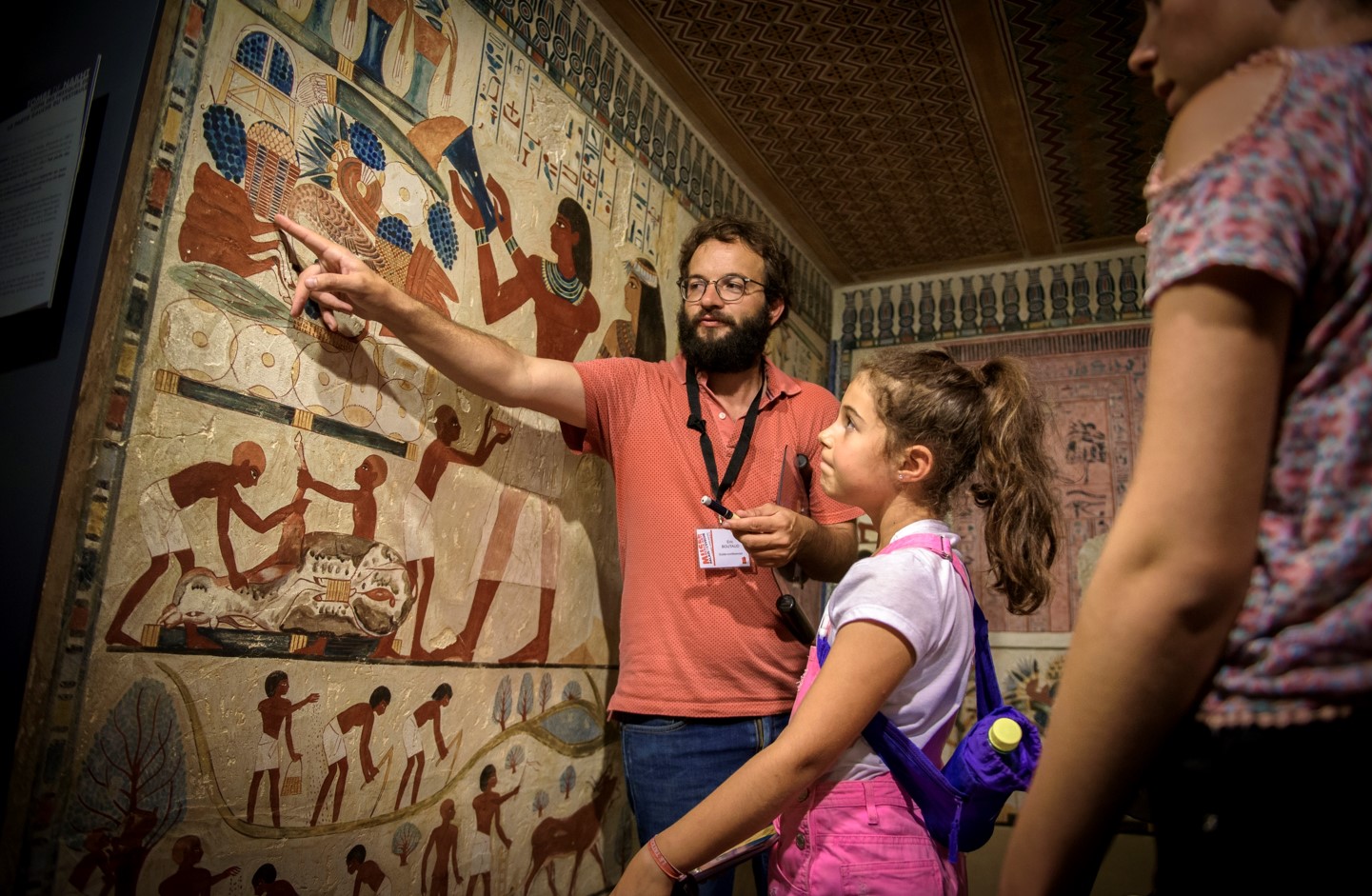 ©Thierry Laporte
©Thierry Laporte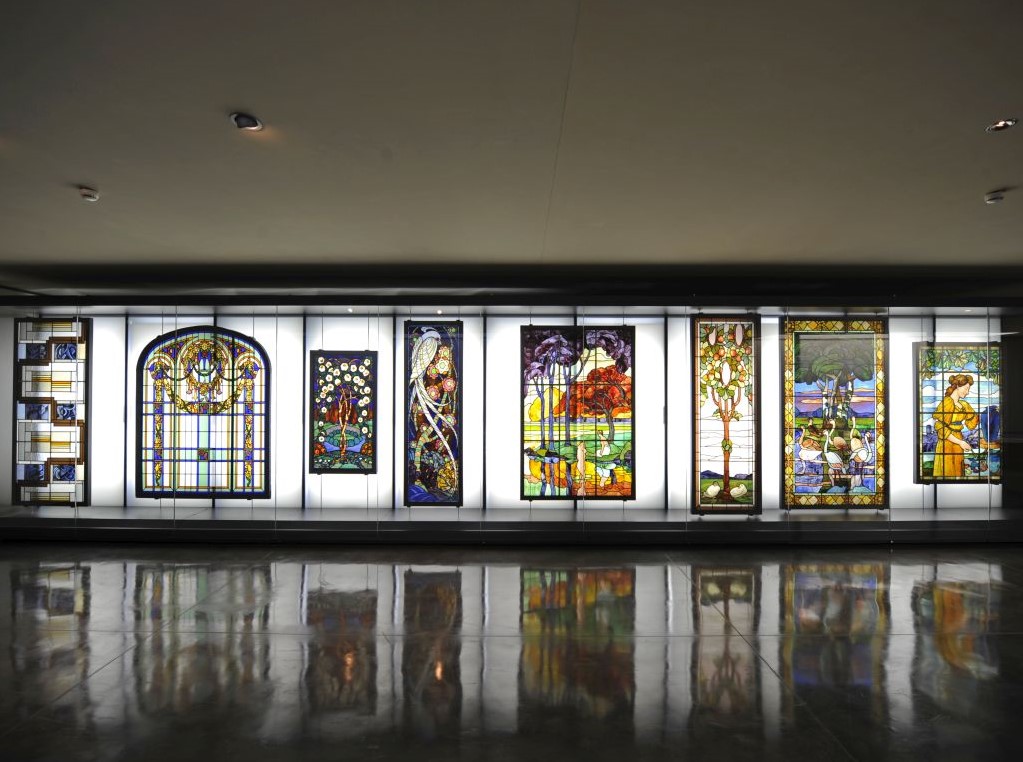 Fine Arts Museum © City-of-Limoges
Fine Arts Museum © City-of-Limoges
The Bishop's Garden
Overlooking the Vienne, six terraces were laid out during the construction of the new episcopal palace in the XNUMXth century.e century. To be discovered over five hectares: botanical and themed gardens,
French-style flowerbeds and an ecological space.
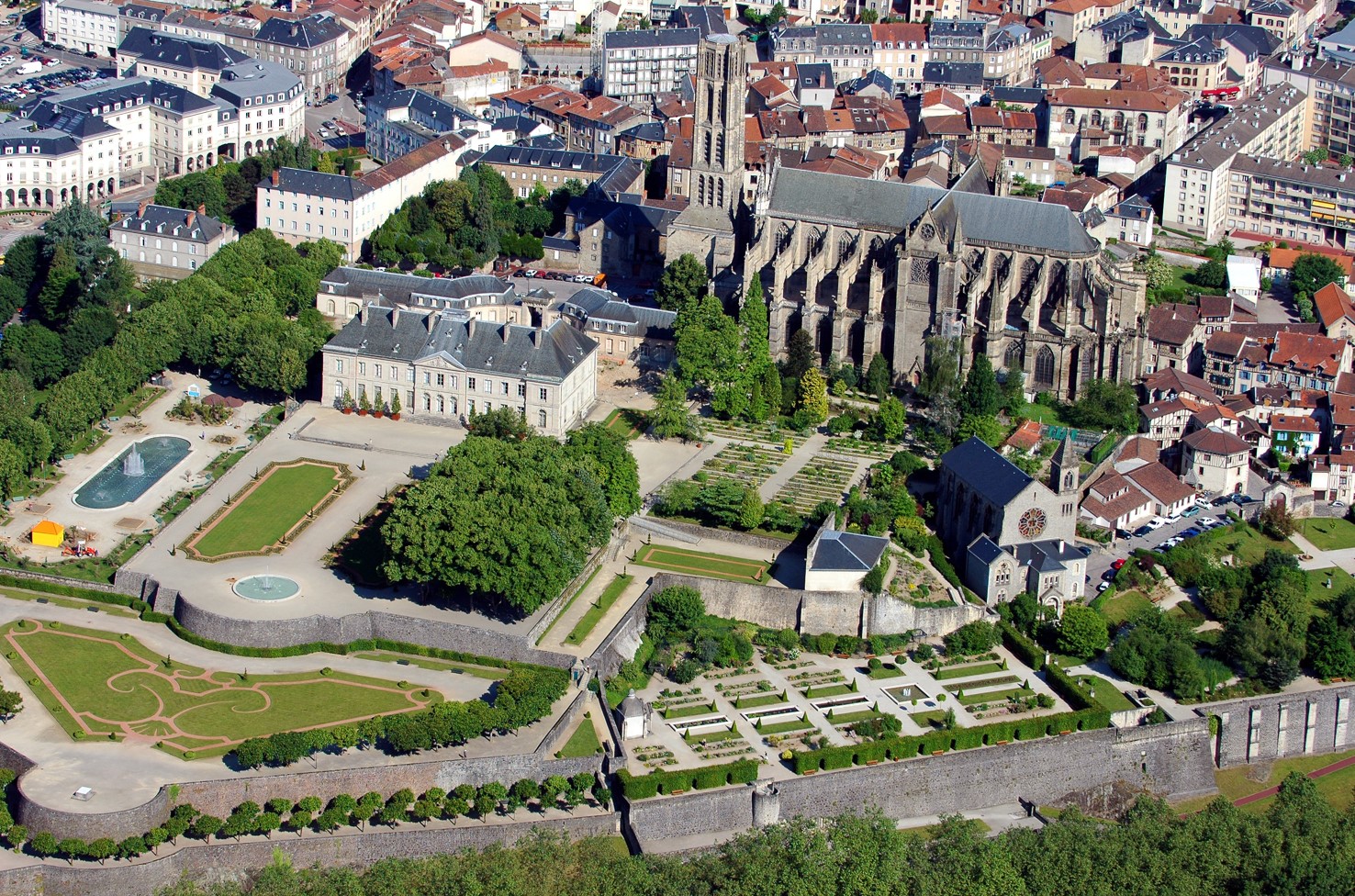 ©City of Limoges, Thierry Lefranc
©City of Limoges, Thierry Lefranc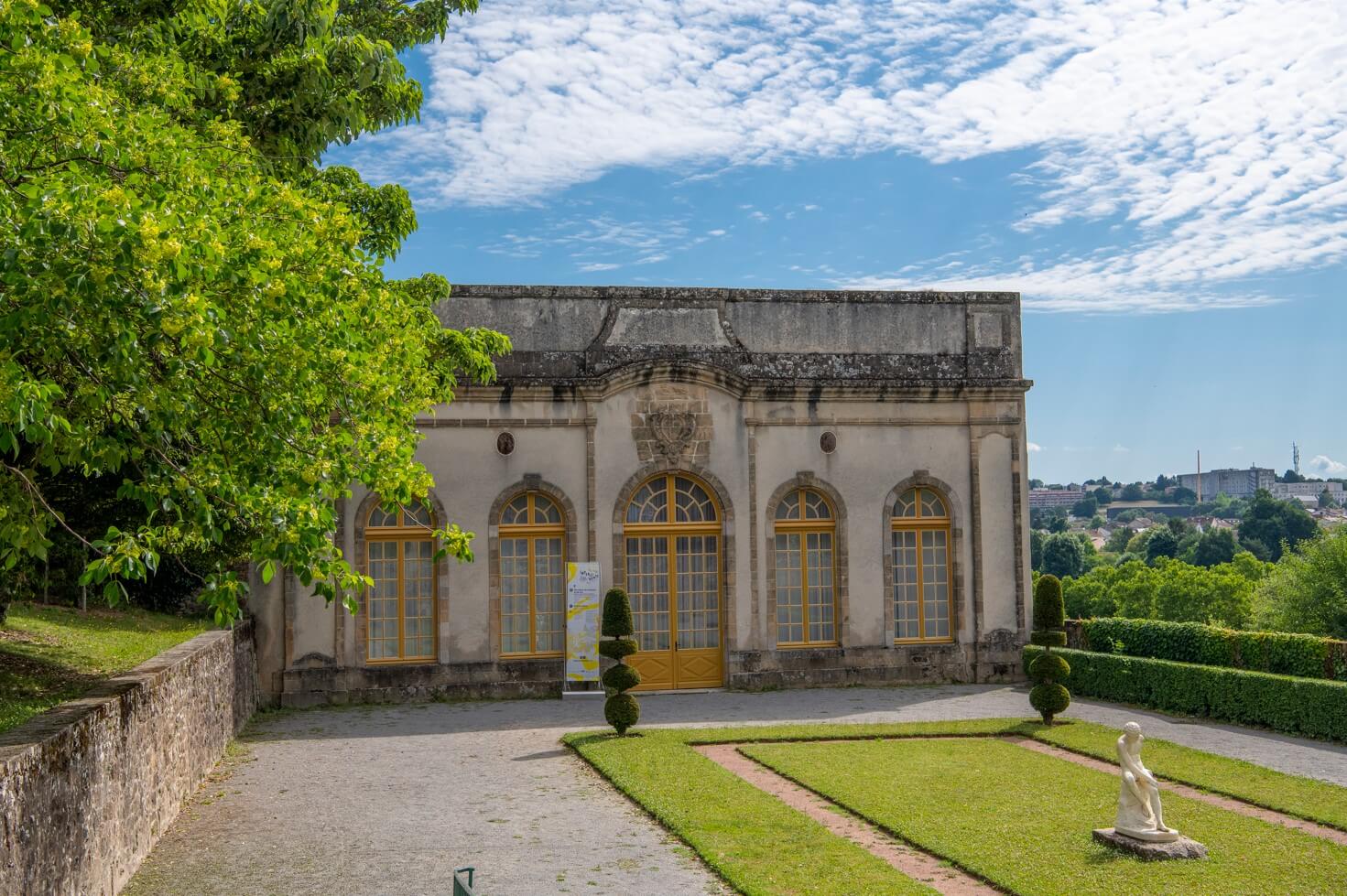 Orangery ©Laurent Lagarde
Orangery ©Laurent Lagarde Bishop's Garden ©Laurent Lagarde
Bishop's Garden ©Laurent Lagarde
The underground of the Rule
It is a set of vaulted cellars and galleries of an old abbey, very representative of the underground architecture of Limoges made up of cellars, low cellars, galleries and aqueducts.
Visits by reservation at the Tourist Office.
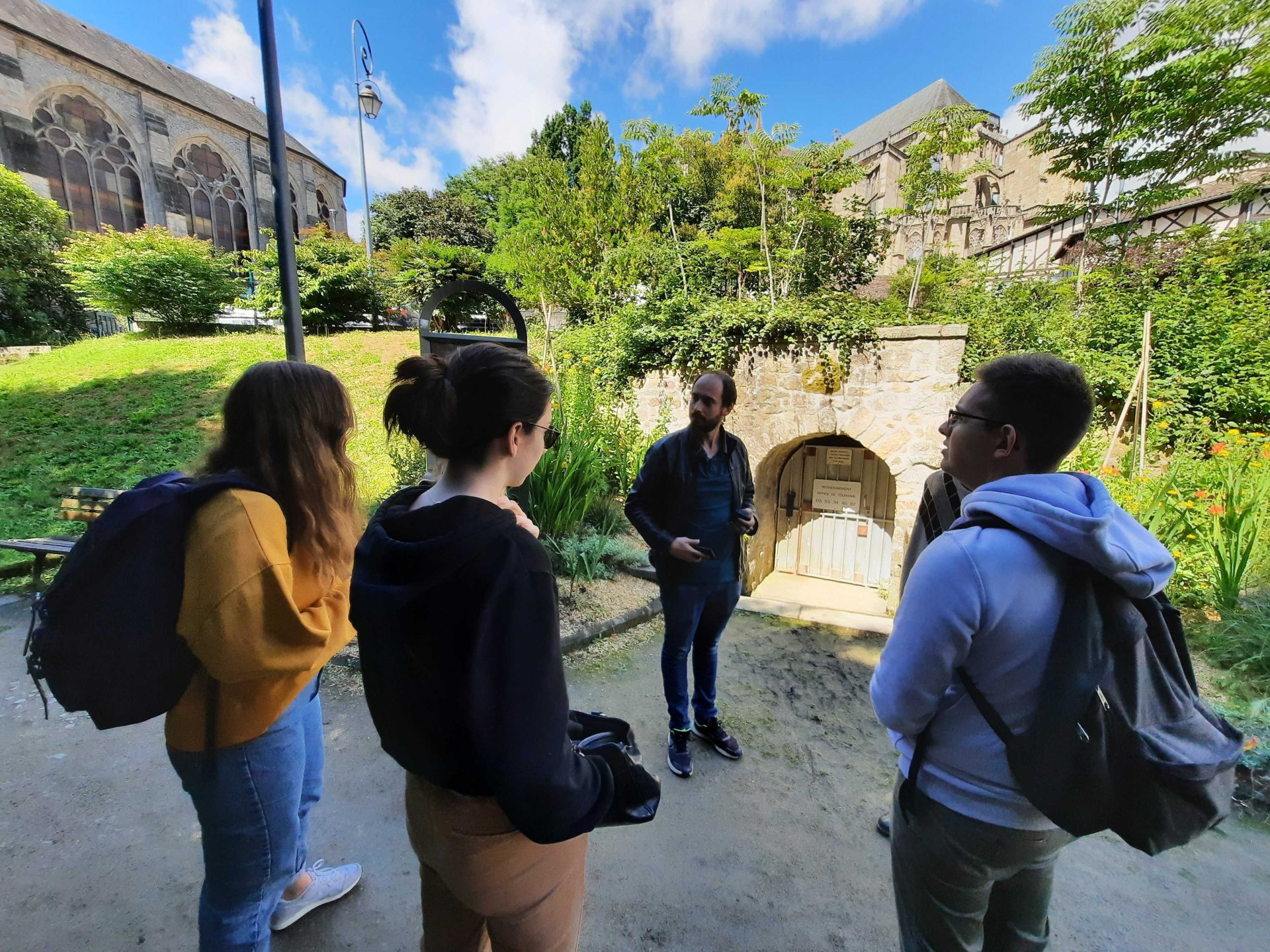 ©OTI of Limoges
©OTI of Limoges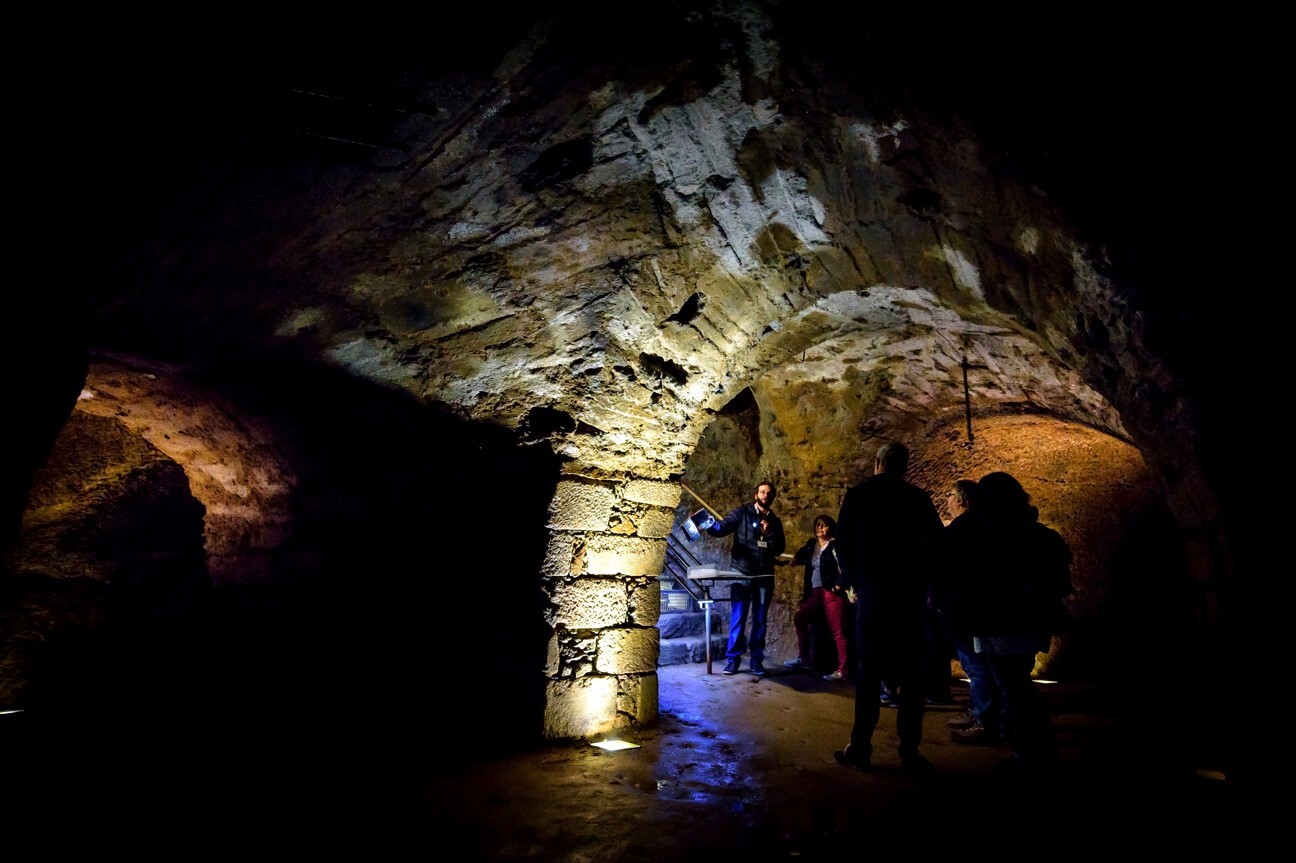 Ruler underground © Thierry Laporte
Ruler underground © Thierry Laporte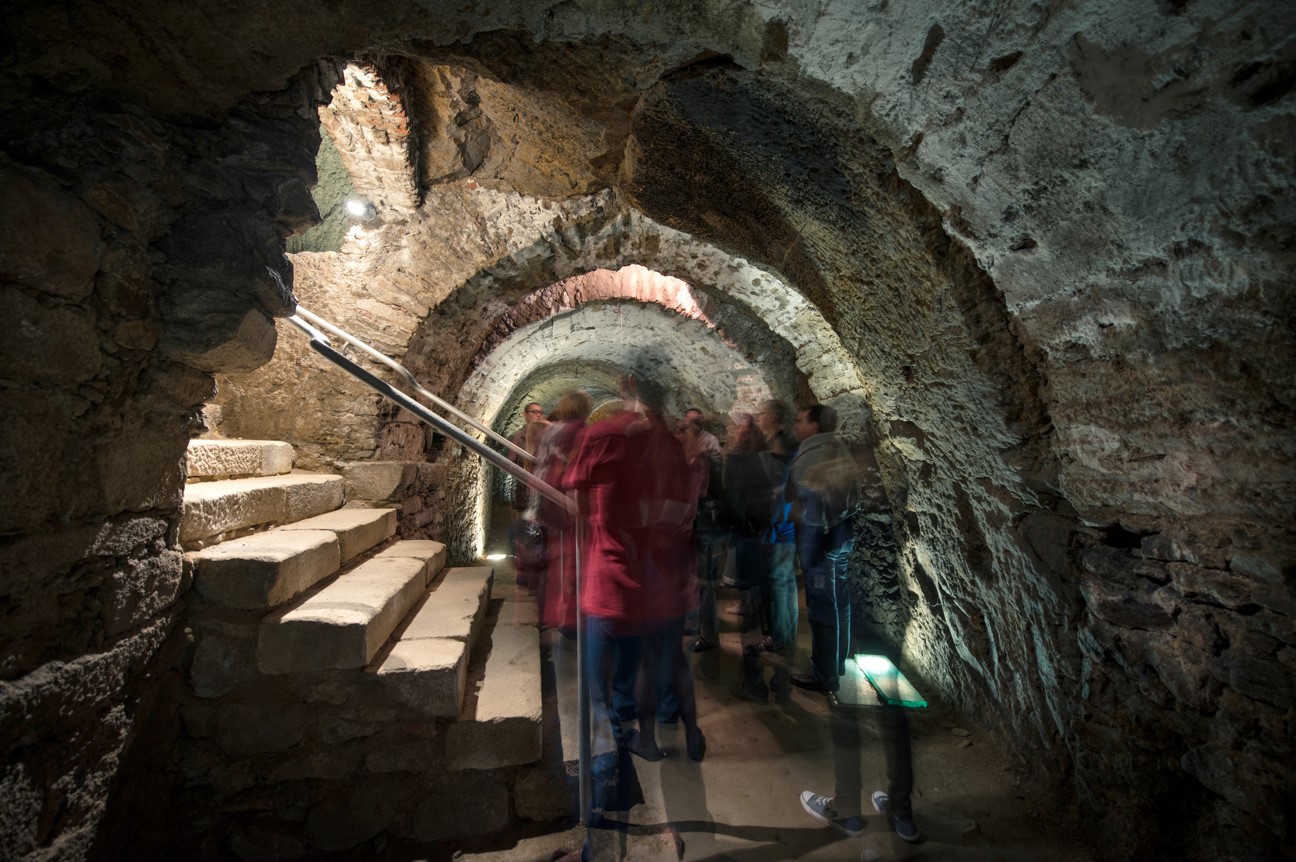 © City of Limoges
© City of Limoges
The City of Arts and Crafts
In the former refectory of a seminary, the Compagnons du Tour de France present dozens of masterpieces illustrating centuries of know-how.
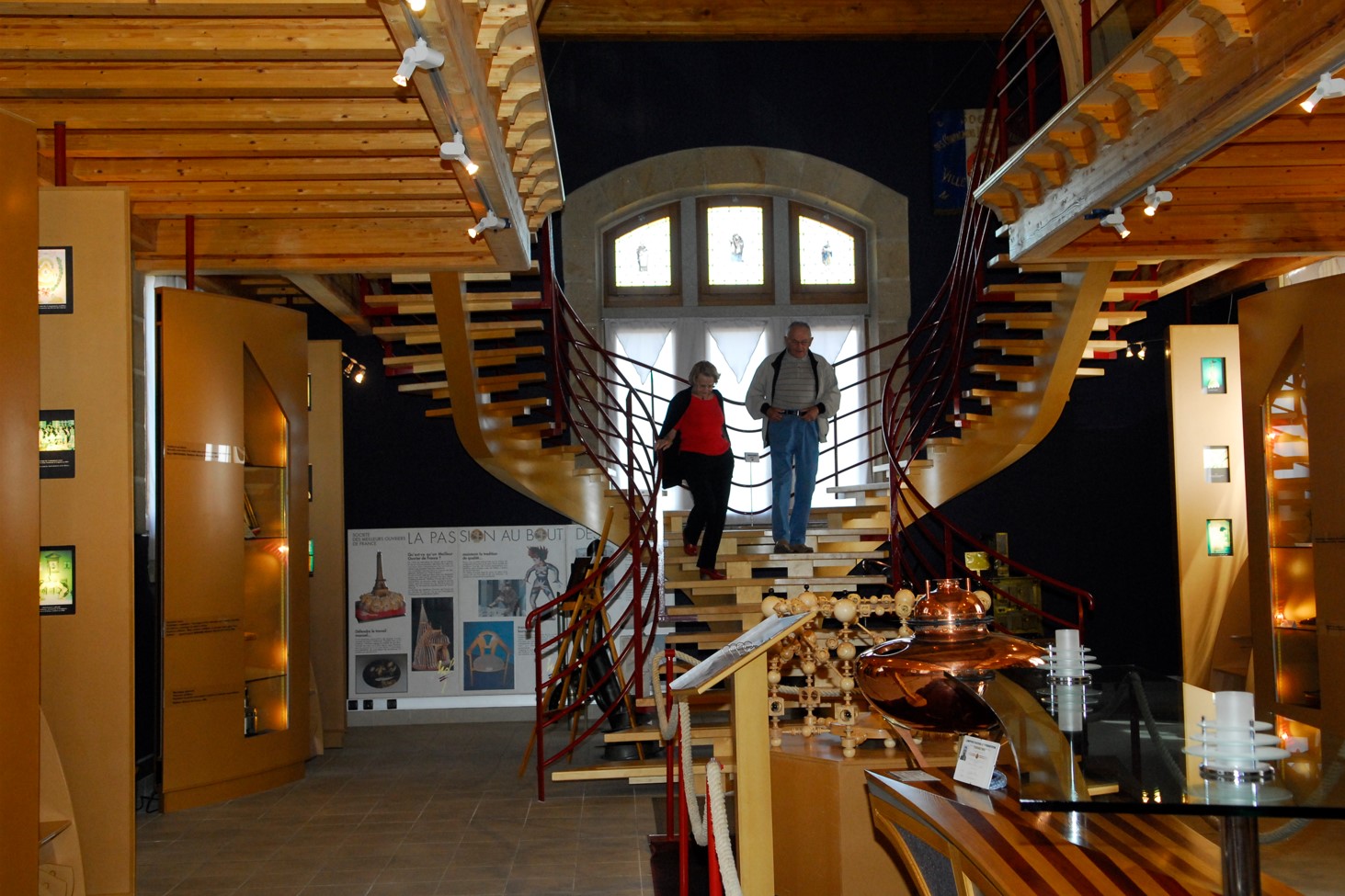 ©City of Limoges
©City of Limoges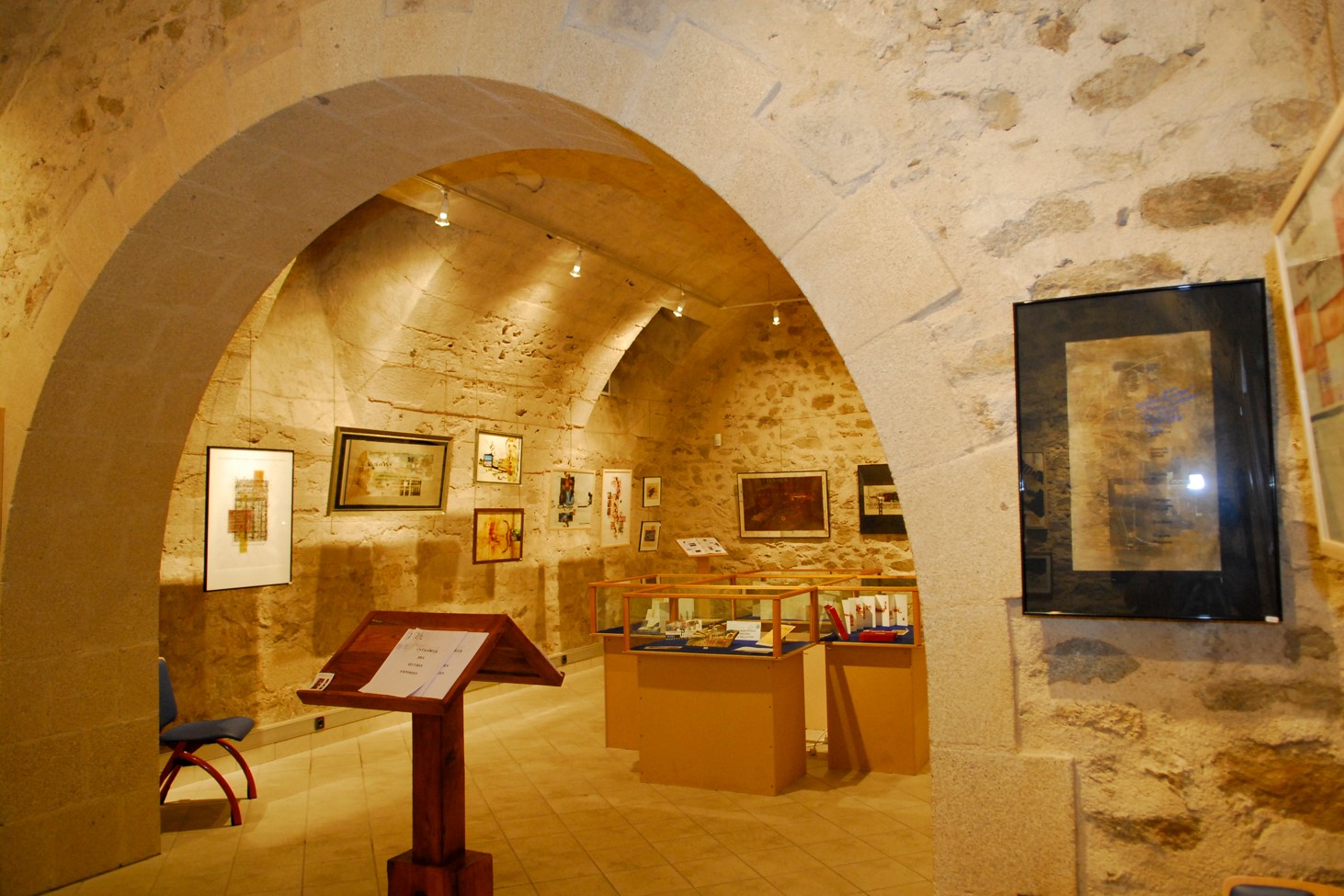 ©City of Limoges
©City of Limoges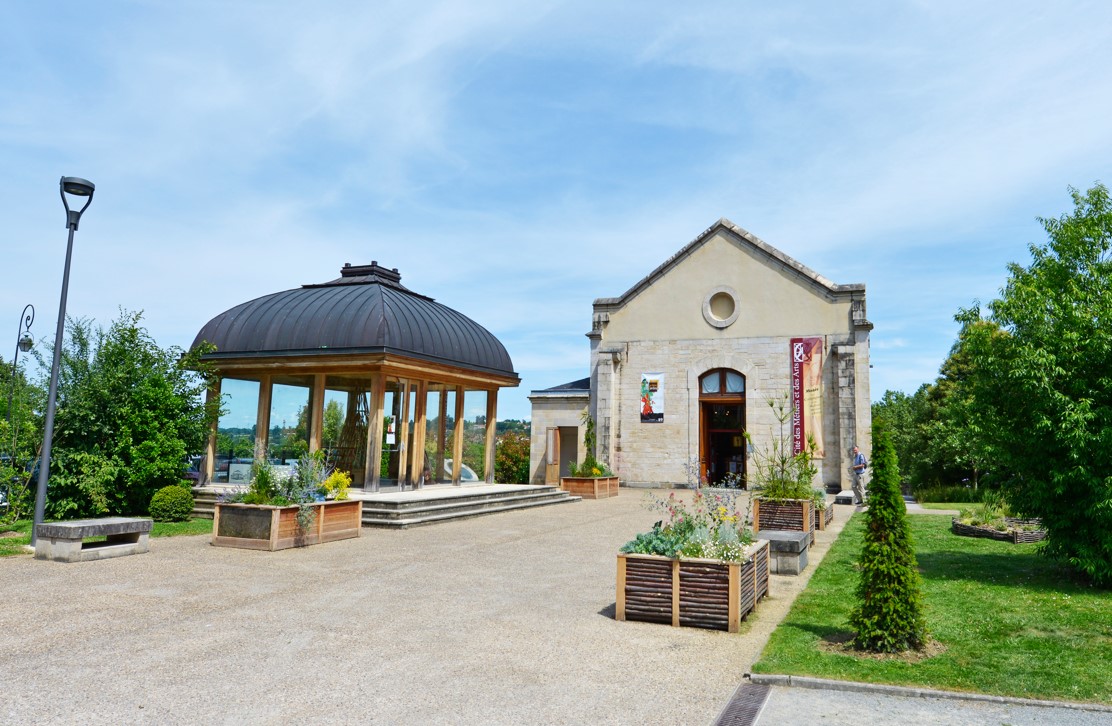 ©City of Limoges
©City of Limoges
The rue du rajat, the old washing machine district
Formerly under the authority of the Abbey of the Rule, this district has retained its cobbled and winding streets
and its modest half-timbered washerwomen's houses. The name of the street means "ravine" in Occitan and translates well the relief specific to the Cité district.
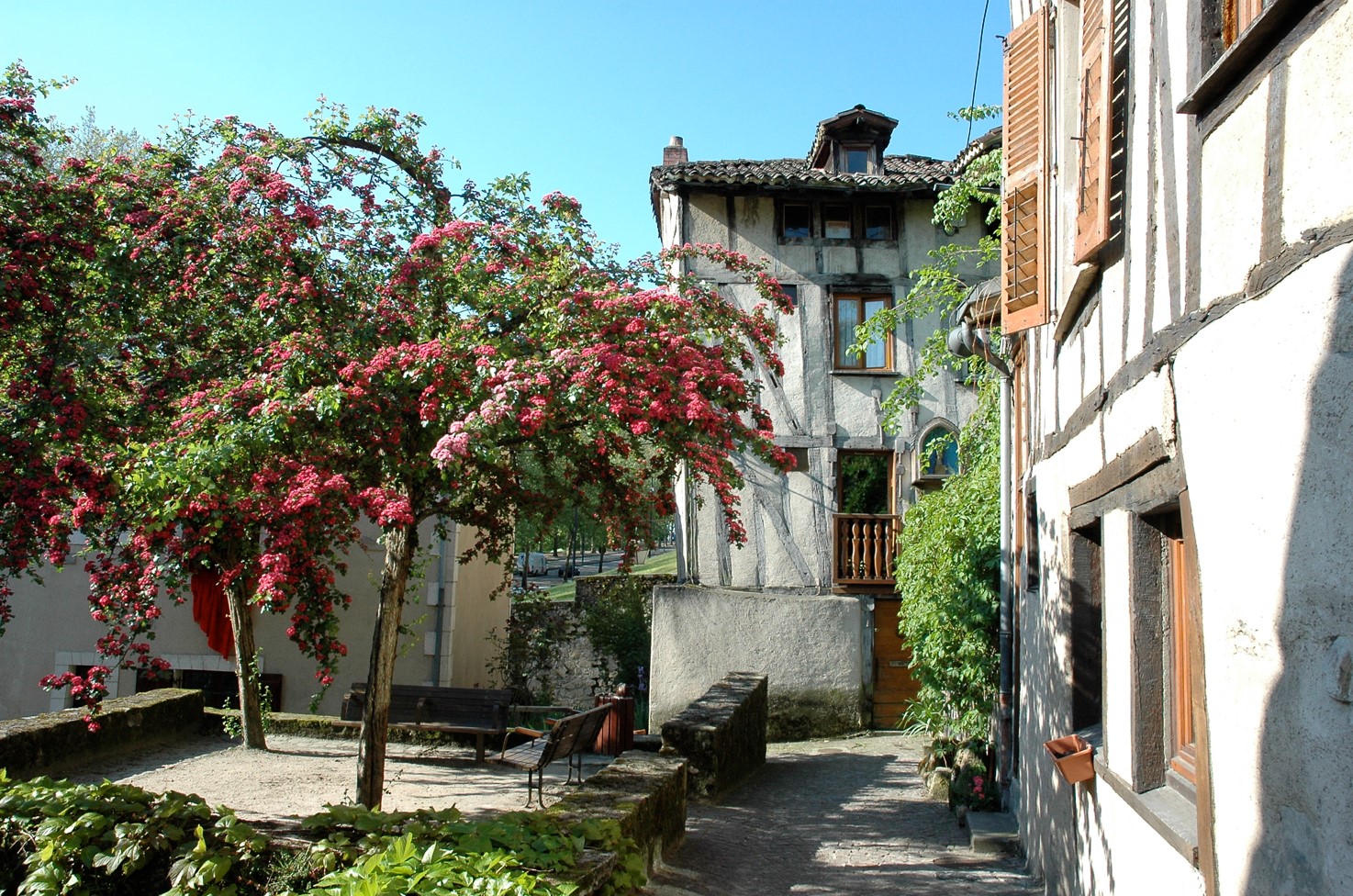 ©City of Limoges
©City of Limoges
The Saint-Etienne bridge
Built in the 1370th century to serve the episcopal city, this bridge has seen thousands of pilgrims stop over at the tomb of Saint Martial before reaching Santiago de Compostela. In XNUMX, the Black Prince crossed it before sacking the City.
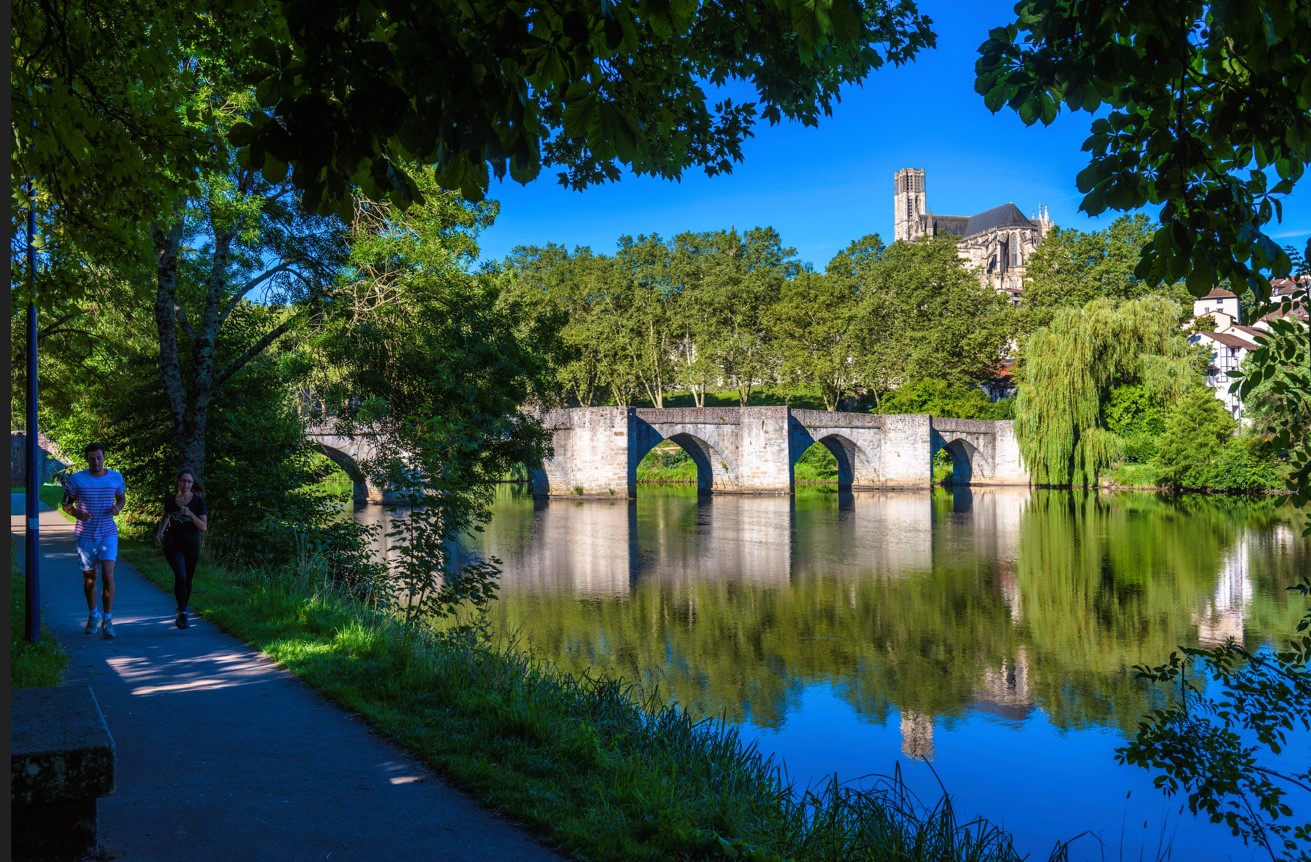 ©City of Limoges,Vincent Schrive
©City of Limoges,Vincent Schrive
The edges of Vienna
Before being a peaceful place for walks, the banks of the Vienne were the scene of an industrious and popular life, with washers and wood floating. These old neighborhoods
"Ponticauds", extend between the two medieval bridges Saint-Etienne and Saint-Martial.
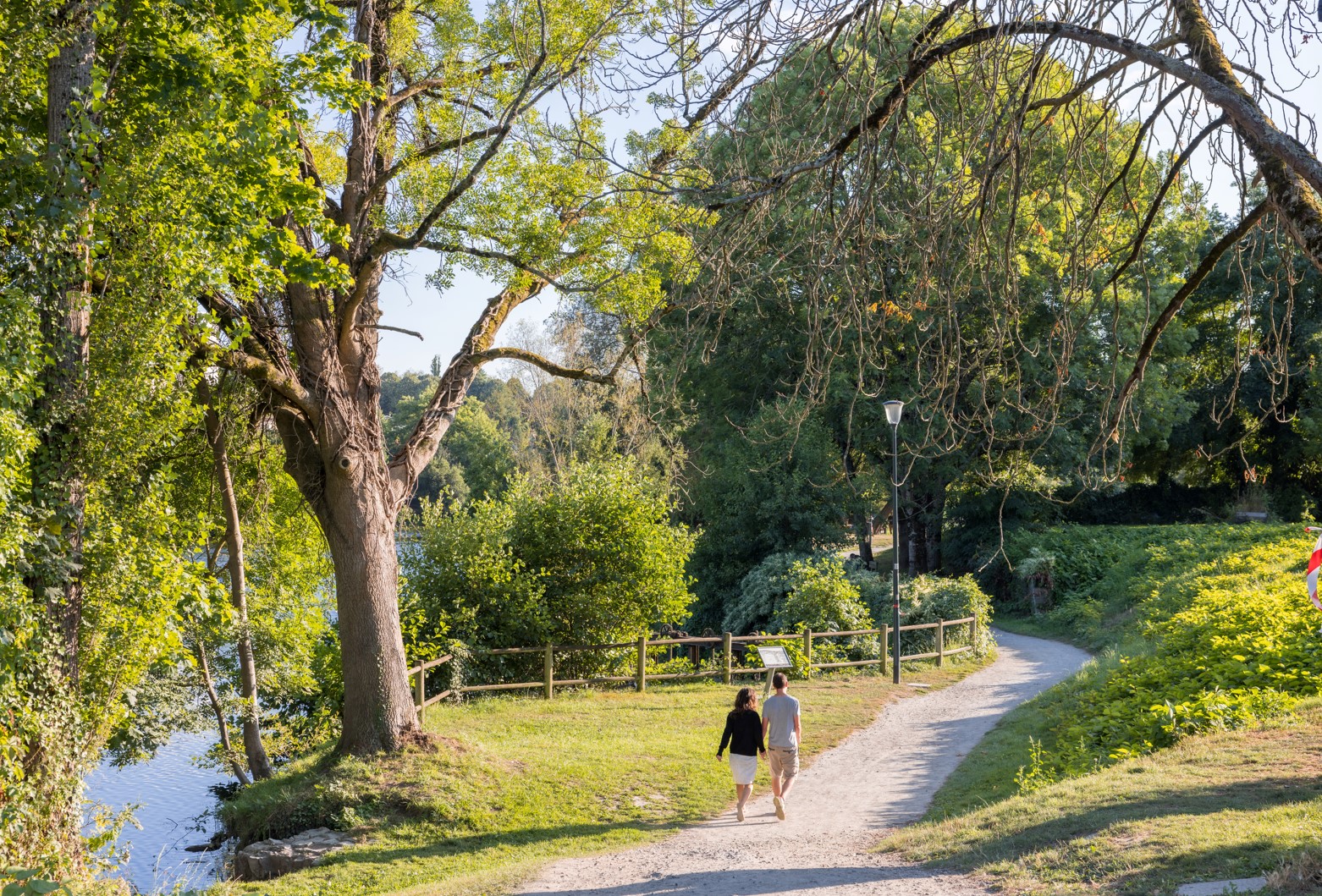 Loic Lagarde
Loic Lagarde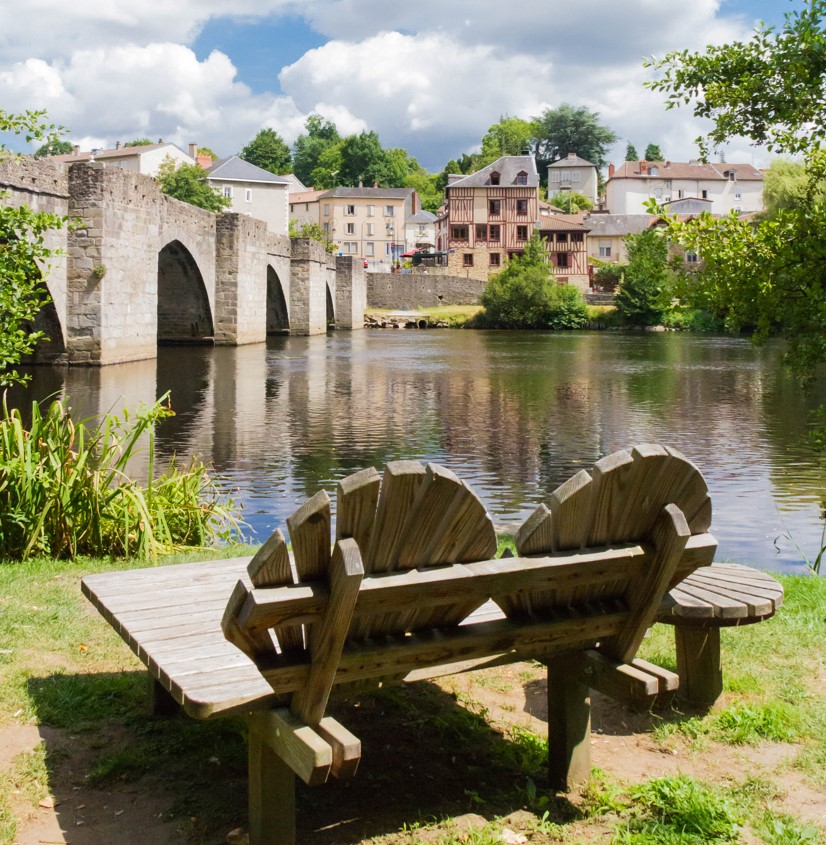 ©Anne-Sophie Dubreuil
©Anne-Sophie Dubreuil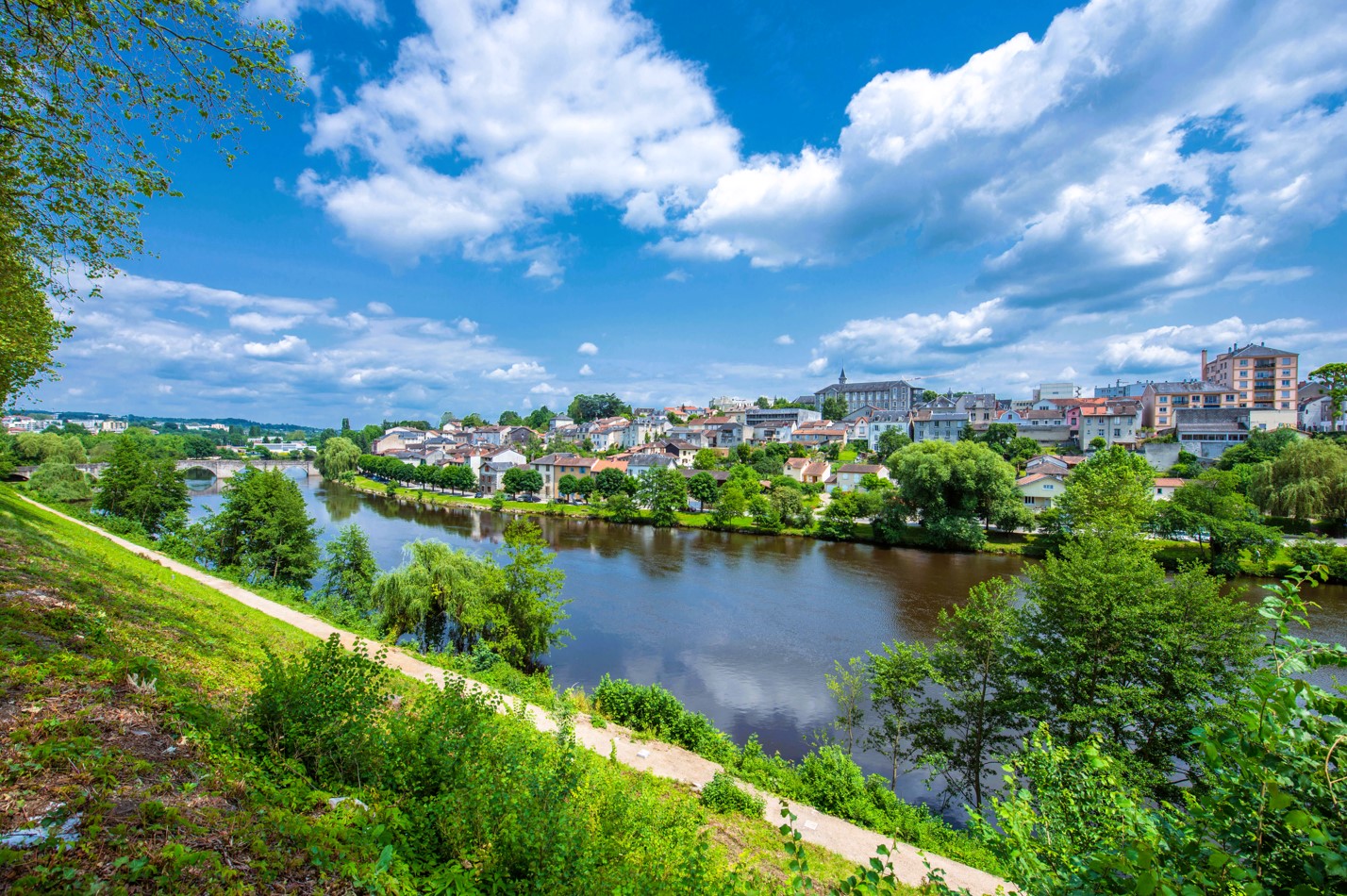 VDL – Vincent Schrive
VDL – Vincent Schrive
Casseaux Oven
The Casseaux private museum houses a spectacular round porcelain kiln listed as a Historic Monument. It retraces the adventure of porcelain production from the fascinating angle of
techniques and working memory.
- open all year round from Monday to Saturday (except Sundays and public holidays)
- from 10 a.m. to 12:30 p.m. and from 14 p.m. to 17:30 p.m.
- Guided tours Tuesday, Wednesday, Thursday, Friday and Saturday at 15 p.m. without reservation
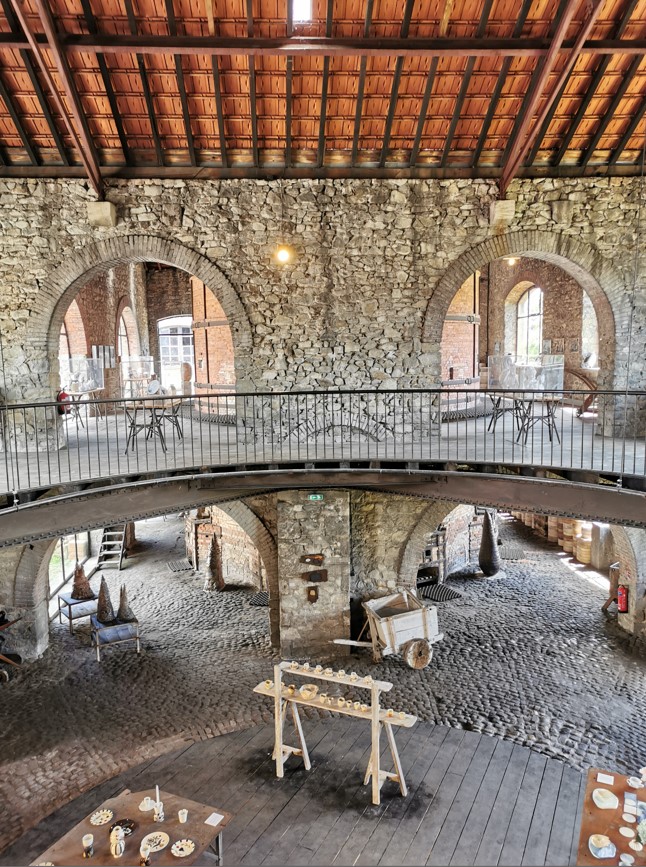 OTI Limoges – Guillaume Layachi
OTI Limoges – Guillaume Layachi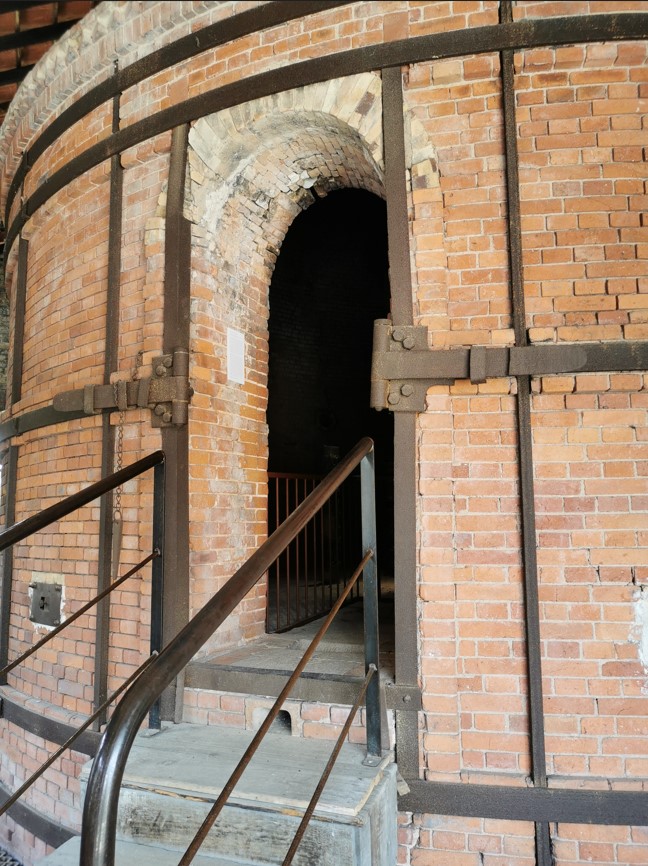 OTI Limoges – Guillaume Layachi
OTI Limoges – Guillaume Layachi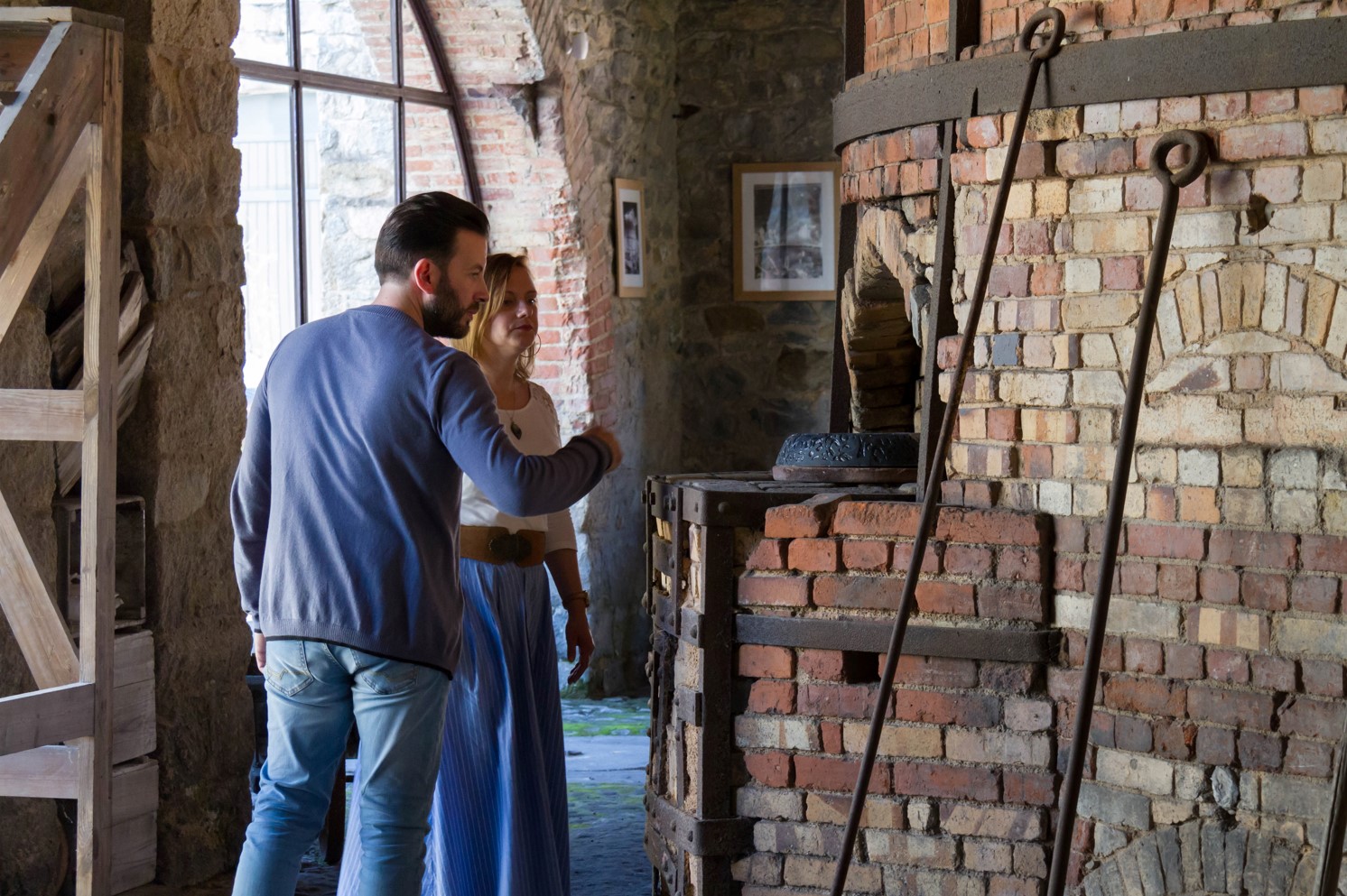 Anne-Sophie Dubreuil
Anne-Sophie Dubreuil
Rue du Pont Saint-Étienne, the house of Marshal Jourdan
This street whose pavement consists of "gazettes" houses the birthplace of Marshal Jourdan. The rich collection of figurines allows historical reconstructions of battles.
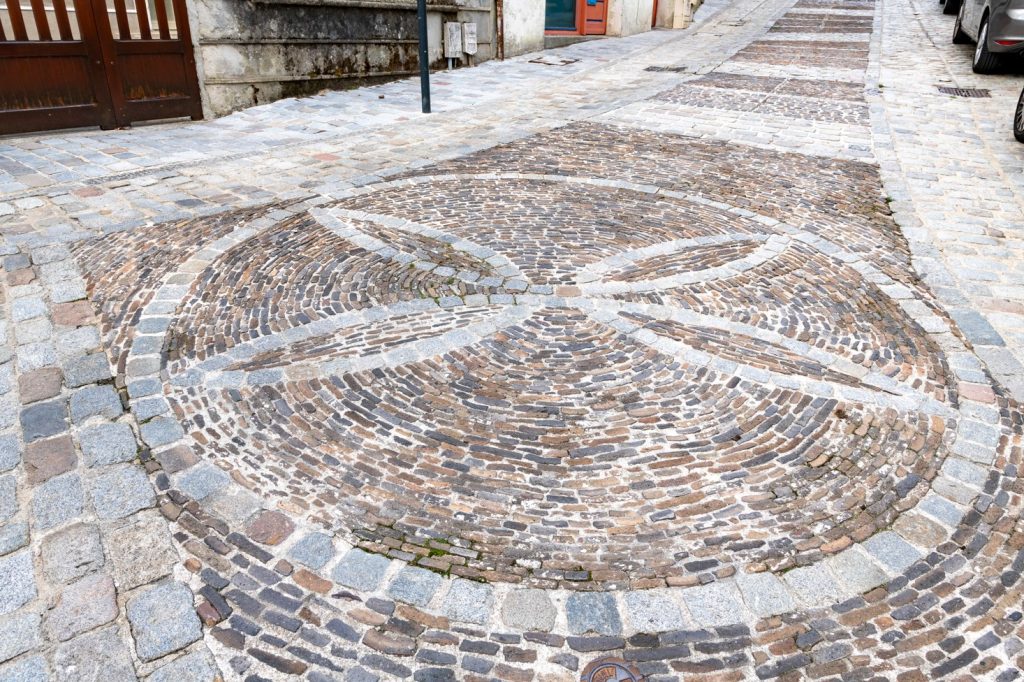 Rosette rue du pont St-Etienne ©Laurent Lagarde
Rosette rue du pont St-Etienne ©Laurent Lagarde
the portal and the Saint-Jean baptistery
Erected in 1515, this flamboyant gothic doorway features real granite lacework. Archaeological excavations on Place Saint-Étienne have led to the discovery of remains of the
Saint-Jean baptistery (V-VIe century) and a Roman road.
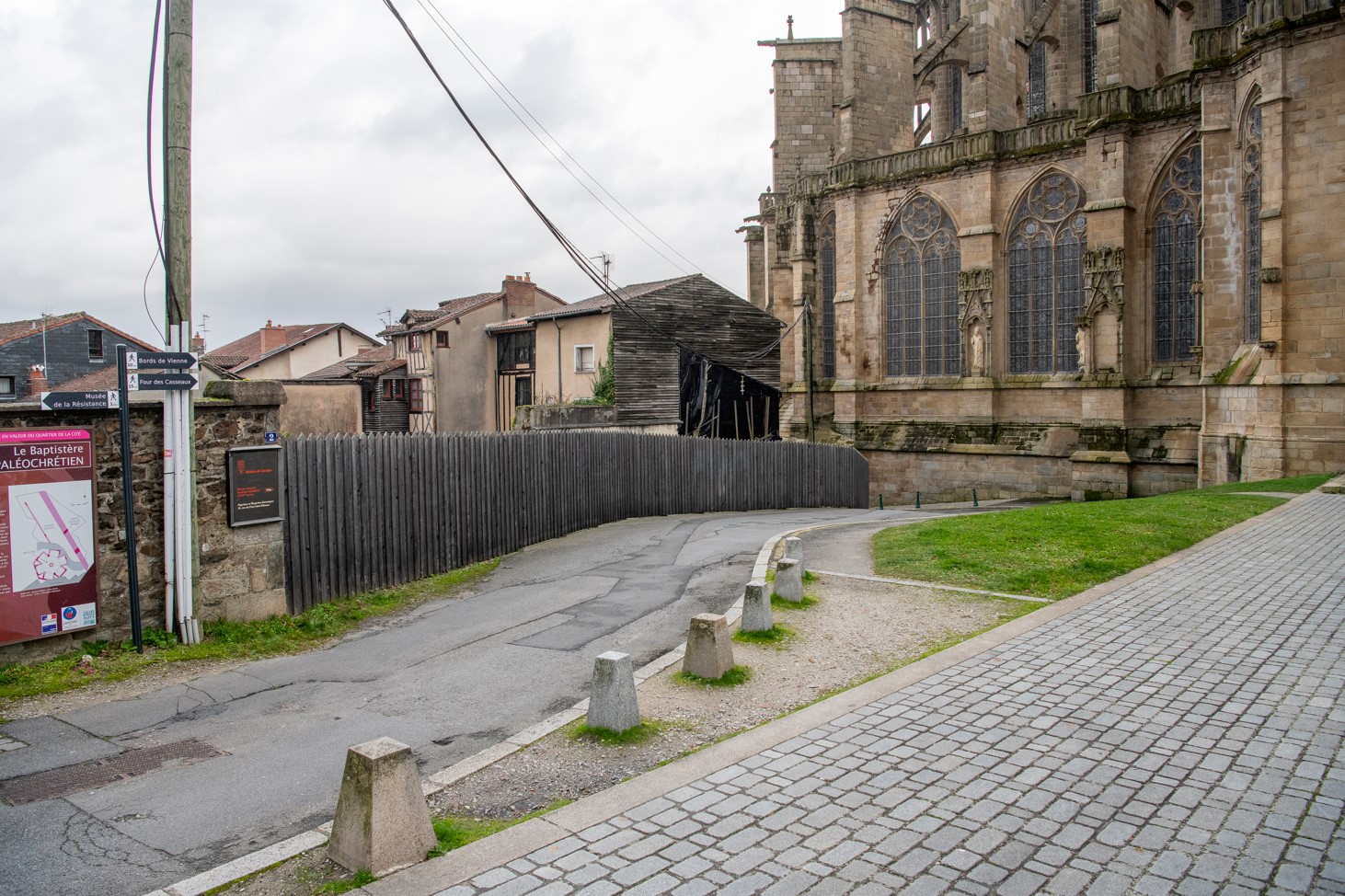 City of Limoges, Laurent Lagarde
City of Limoges, Laurent Lagarde
The Resistance Museum
Housed in an old
1th century convent, it presents over 400 m² the history of the Resistance, the Occupation and the Deportation in Haute-Vienne during the Second World War. The old chapel designed
by Joseph Brousseau has been converted into a conference room, the Espace Simone Veil.
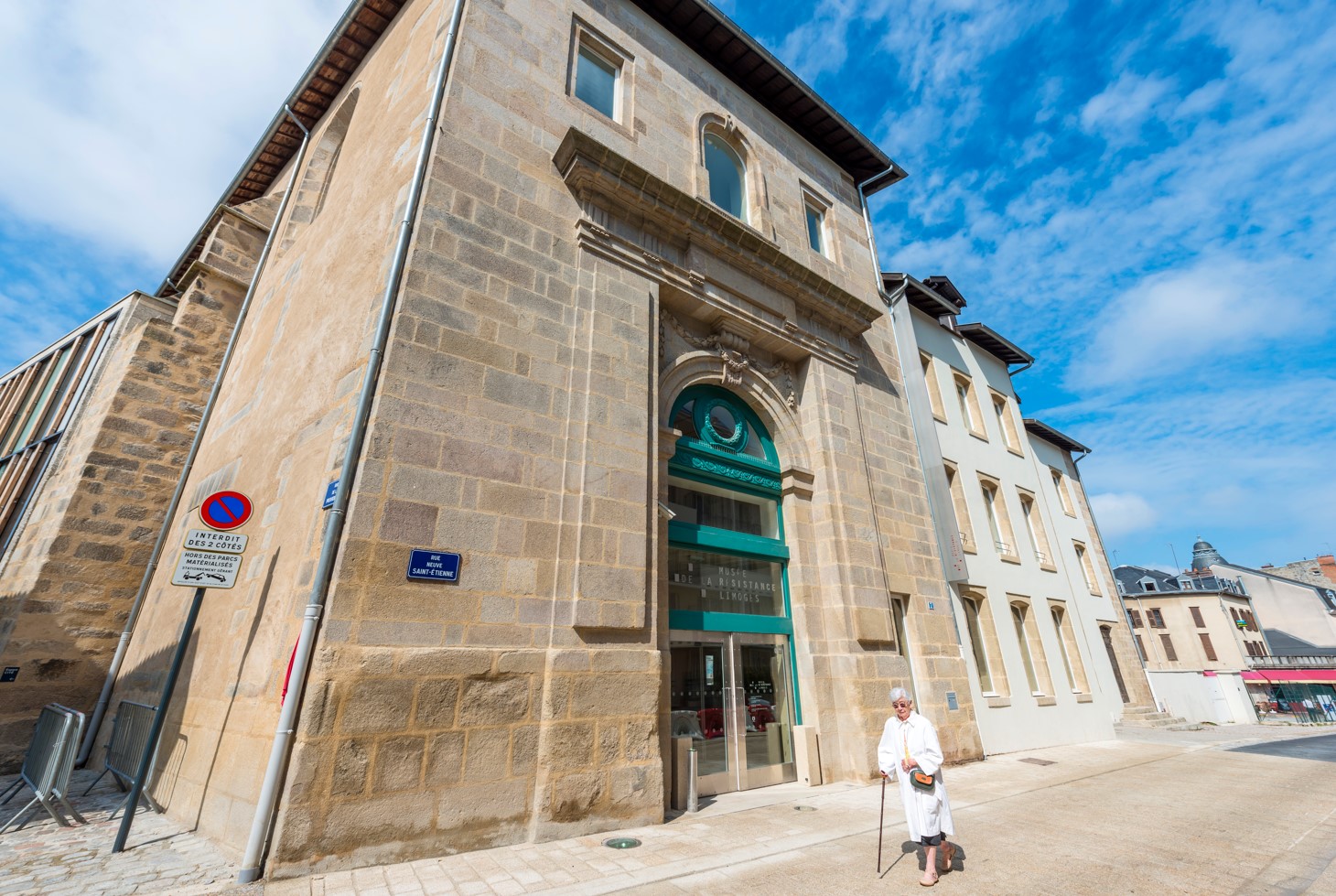 City of Limoges, Vincent Schrive
City of Limoges, Vincent Schrive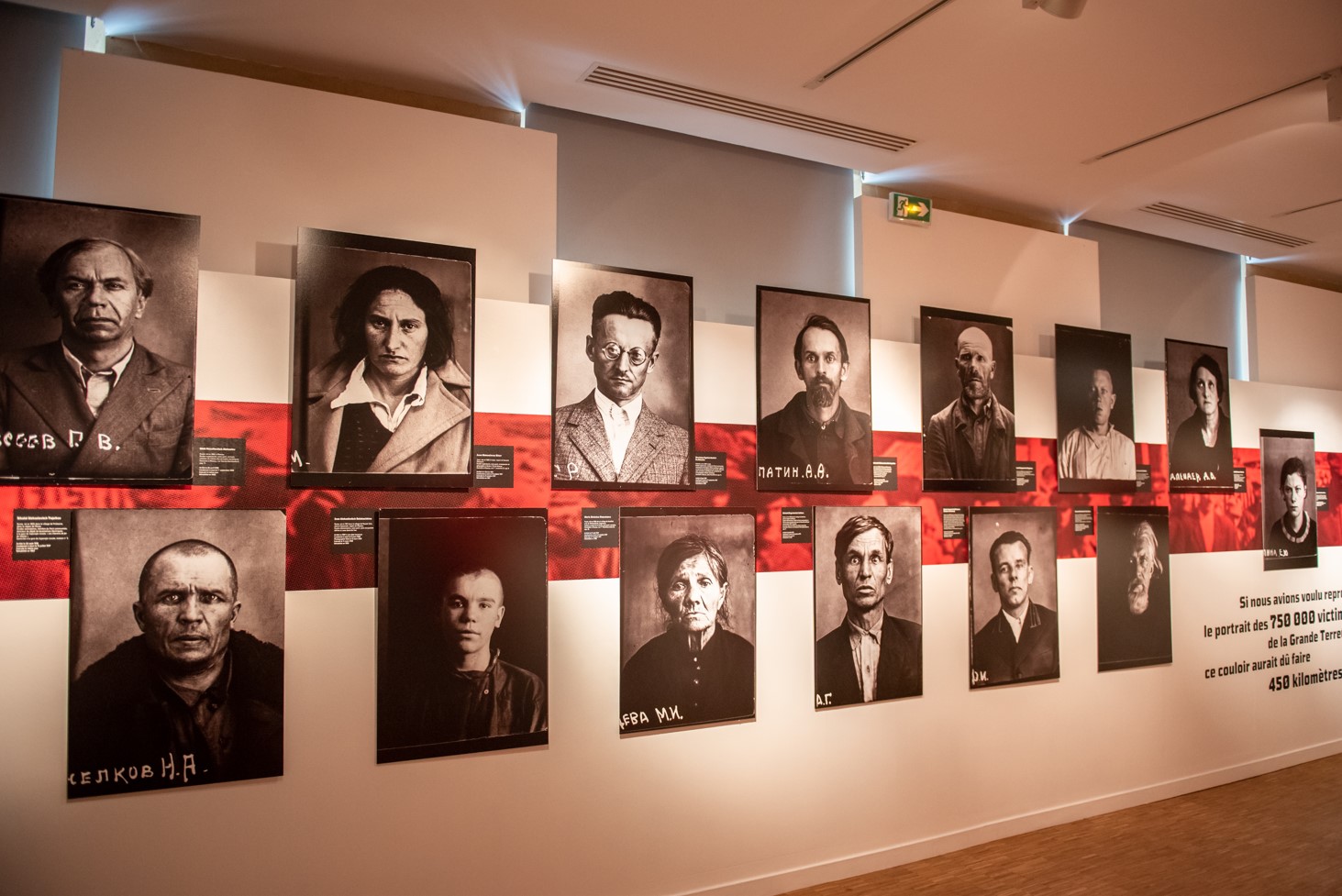 Gulag exhibition ©Alexis Bernardet
Gulag exhibition ©Alexis Bernardet Resistance Museum ©Laurent Lagarde
Resistance Museum ©Laurent Lagarde
Jourdan Square
Arranged at the end of the XVIIIe century and located at the entrance to the city today, this square is marked by the monumental architecture at the end of the XNUMXthe – early XXe century. Discover the statue of Marshal Jourdan, the monument to the dead of 1870 and that of the First World War.
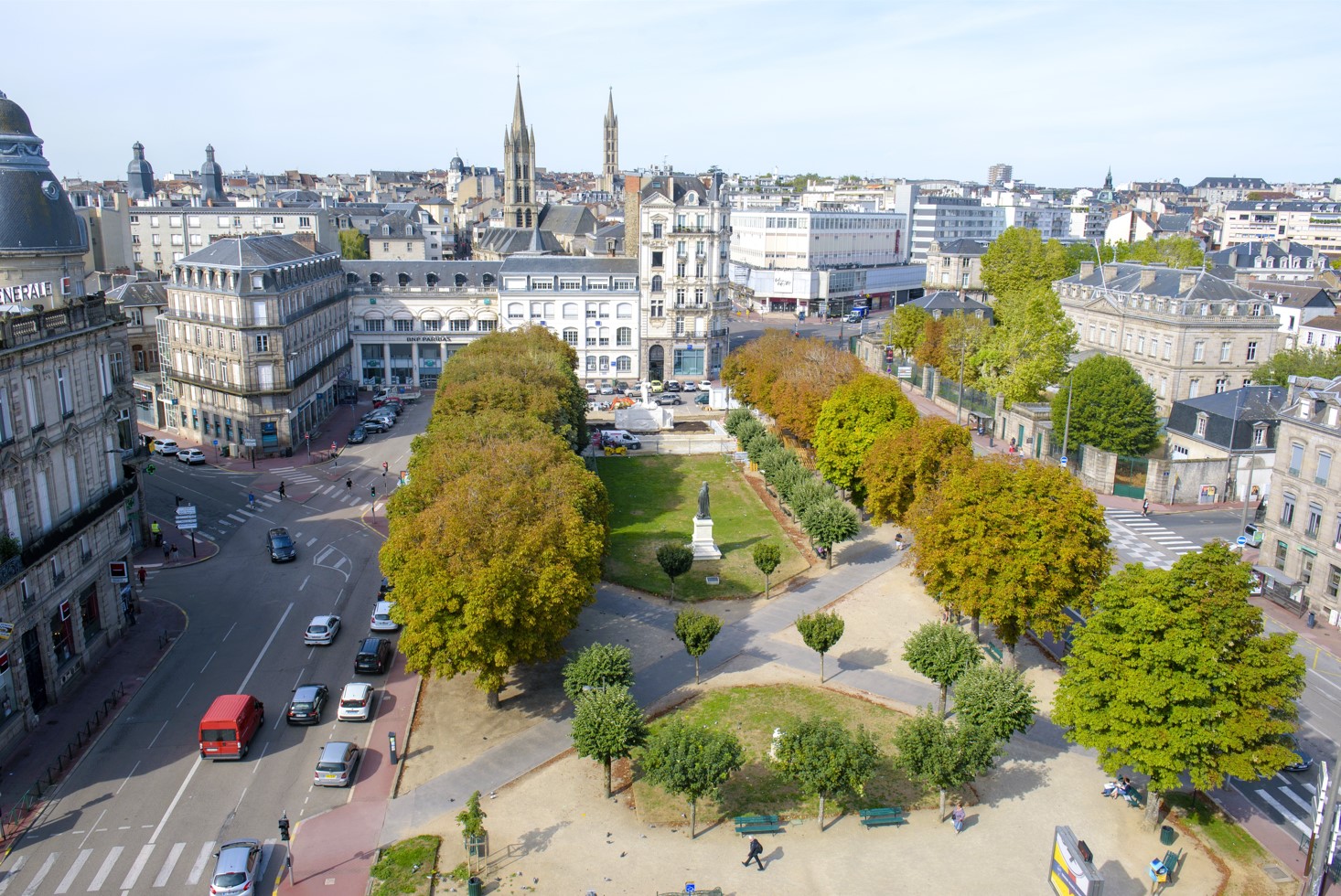 Place Jourdan ©Julien Dodinet
Place Jourdan ©Julien Dodinet
Benedictine station
Established in an original way above the tracks, this station designed by the architect Roger Gonthier was completed in 1929. Built in reinforced concrete covered with a limestone facing and crowned with a copper dome, its original silhouette dominated by a campanile has become emblematic of Limoges. The windows by Francis Chigot and the sculptures of the main entrance present the symbols of Limousin as well as inside the regions served by the former Compagnie Paris-Orléans. At the end of the XXe century, the dome of the station influences the architecture of the Technopole Ester.
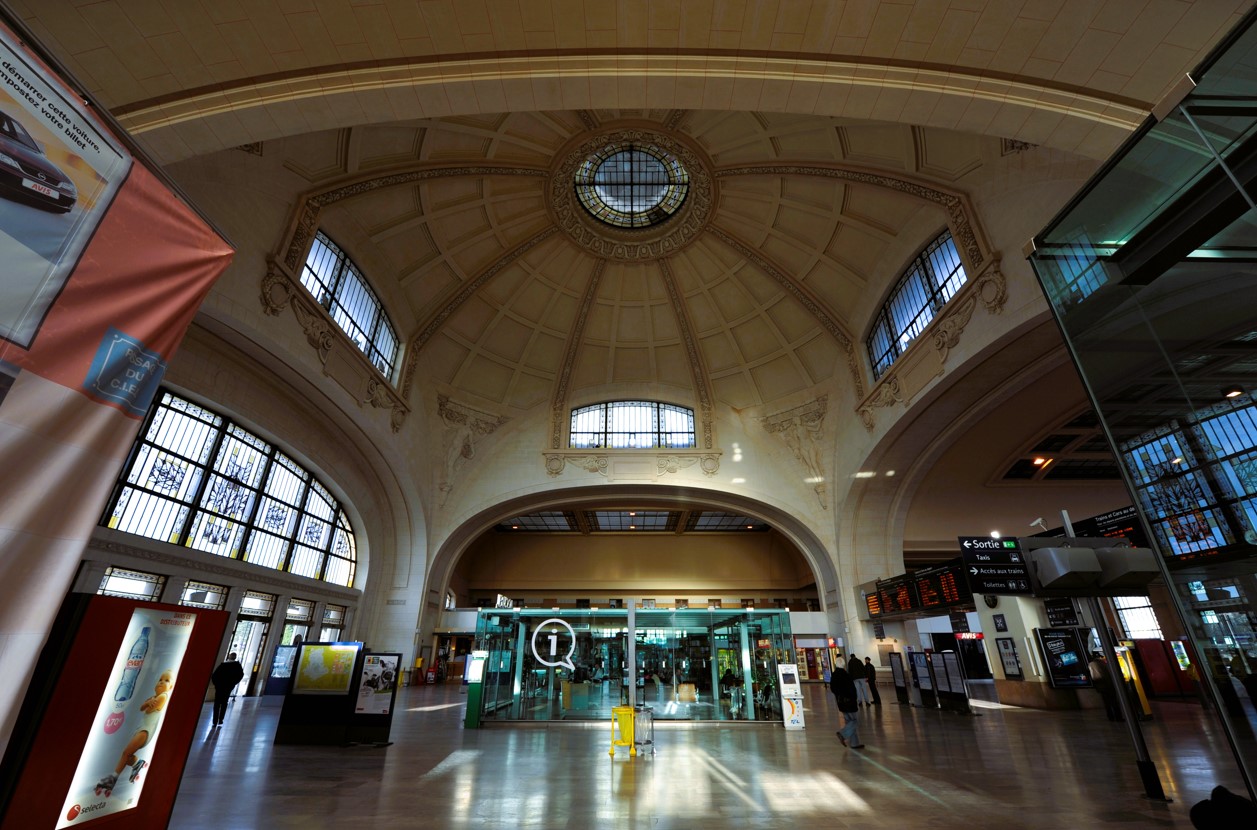 Station hall ©City of Limoges – Vincent Ferron
Station hall ©City of Limoges – Vincent Ferron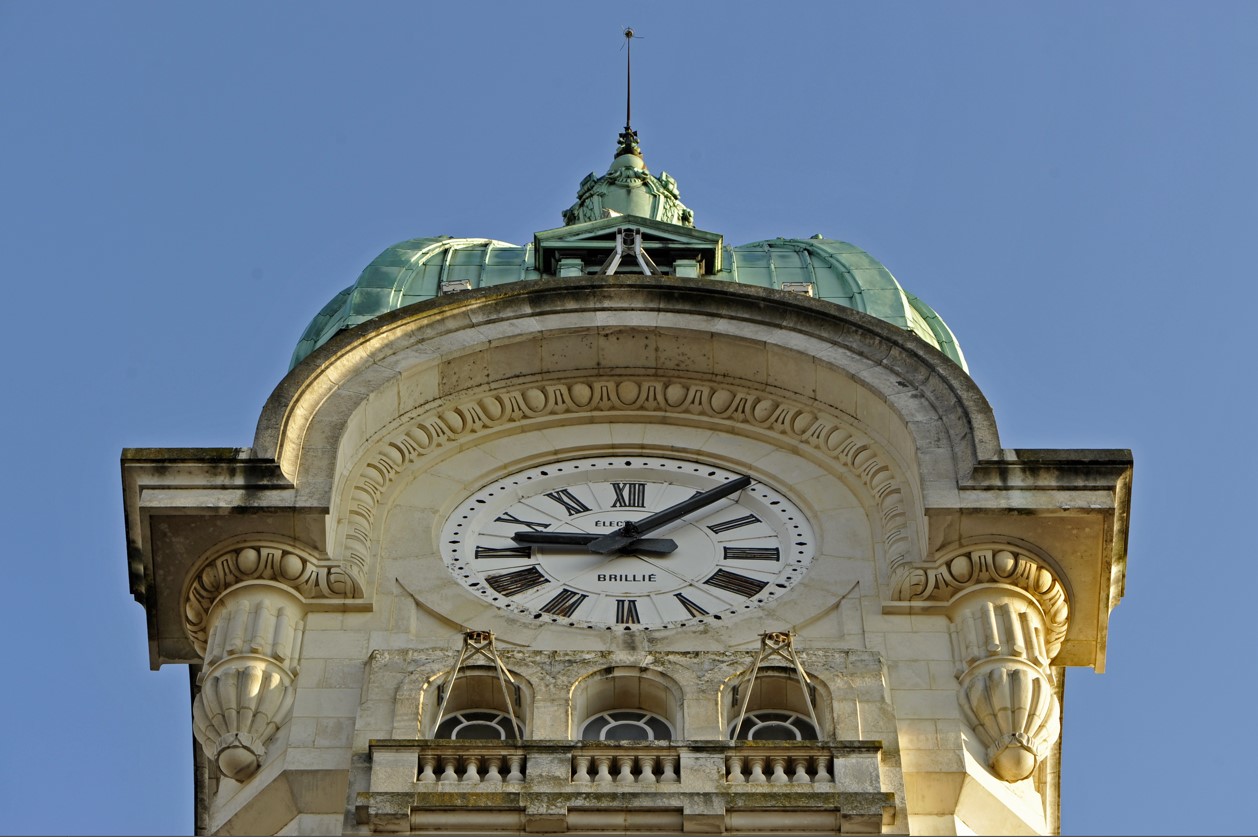 Bell tower of Limoges station ©City of Limoges – Vincent Ferron
Bell tower of Limoges station ©City of Limoges – Vincent Ferron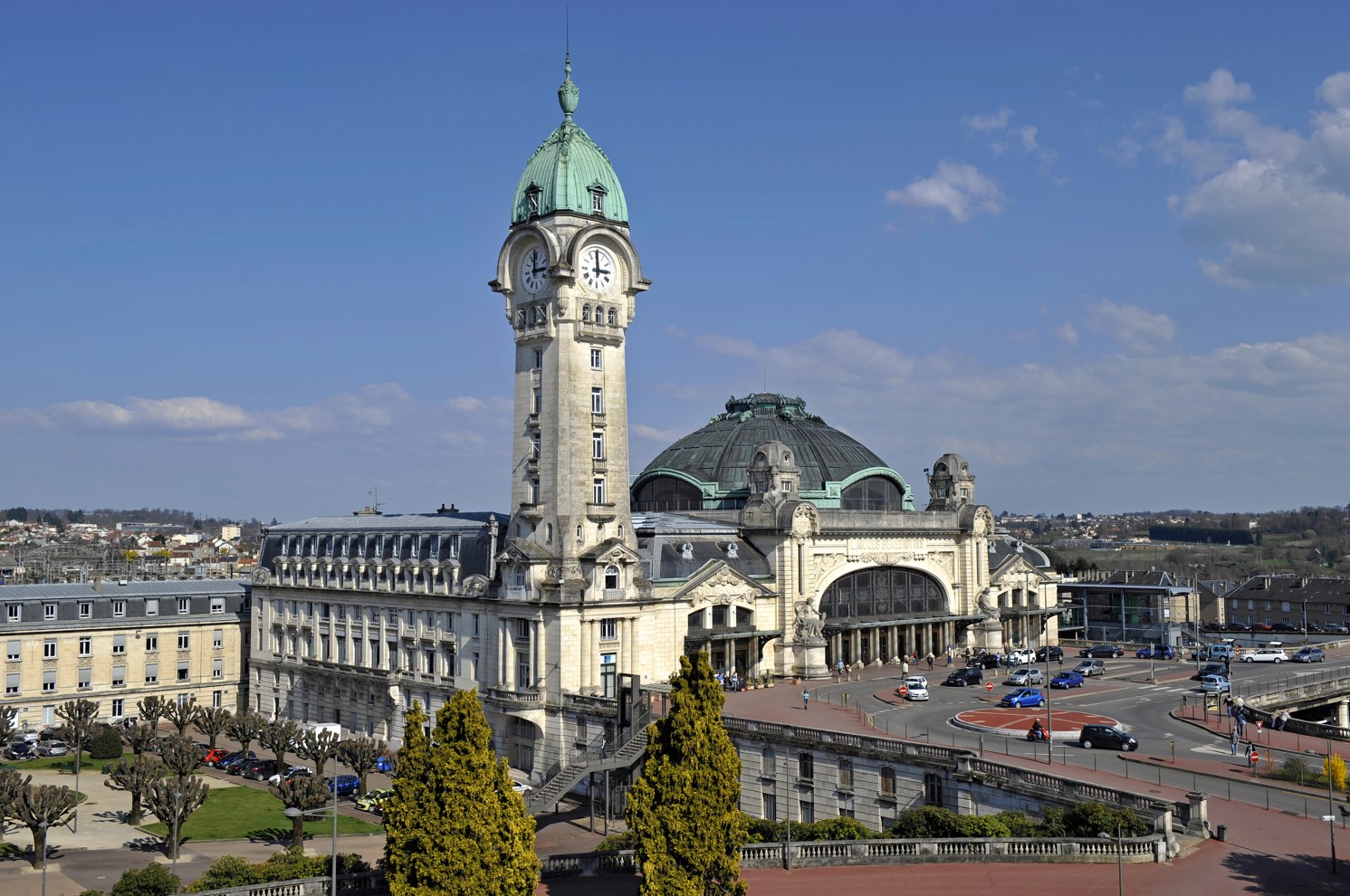 City of Limoges – Vincent Scrive
City of Limoges – Vincent Scrive
The field of July
Laid out in 1850, this 2,7-hectare space once hosted major exhibitions. Its design opens up a masterful view of the station and offers the traveler a perspective of the city. The National Day fireworks are fired there every year.
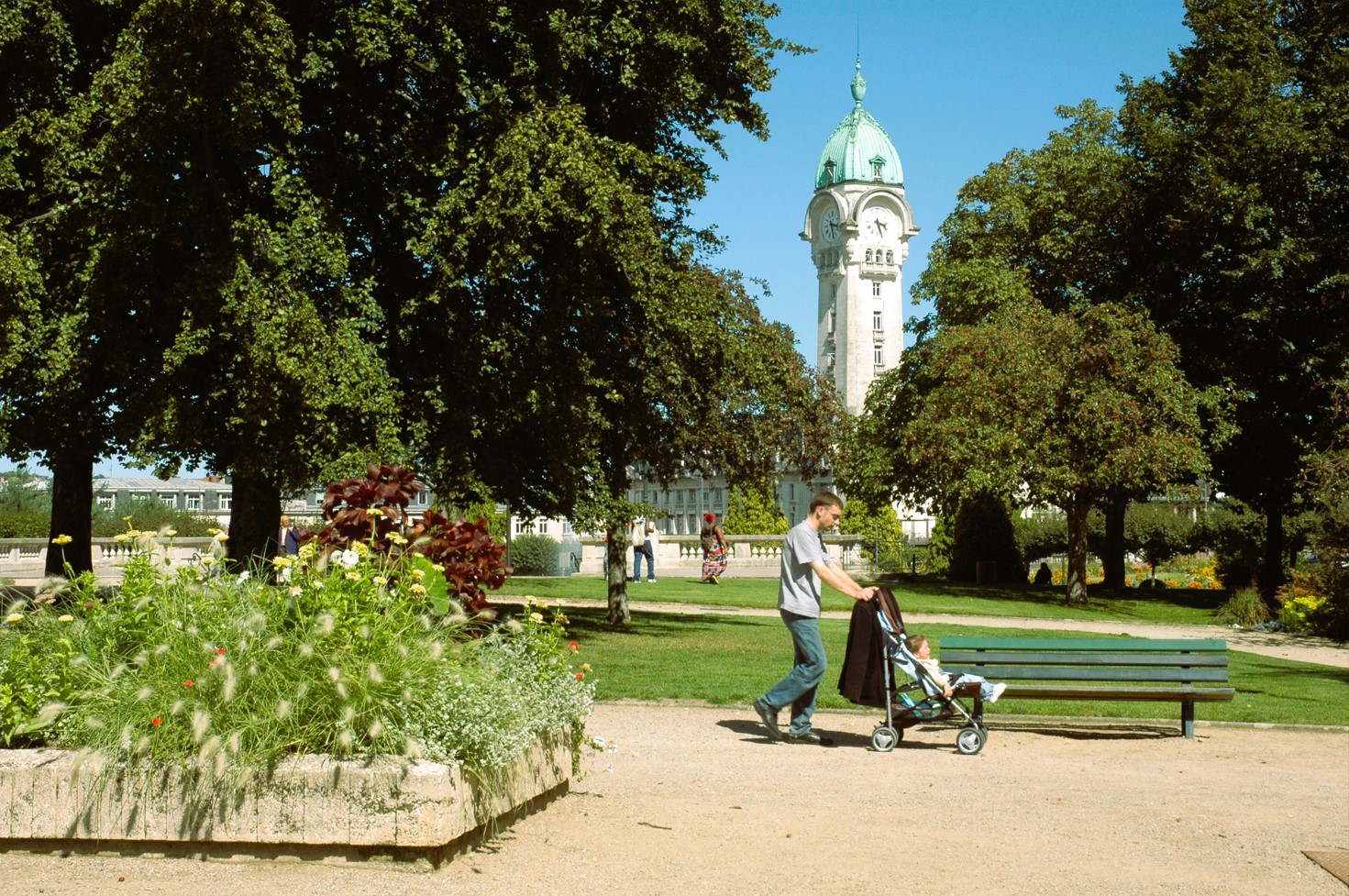 Field of July © Michel Belet
Field of July © Michel Belet
The Command Hotel
Built in the 1860s between courtyard and garden, the former military command hall features elegant classical architecture, entirely in freestone granite.
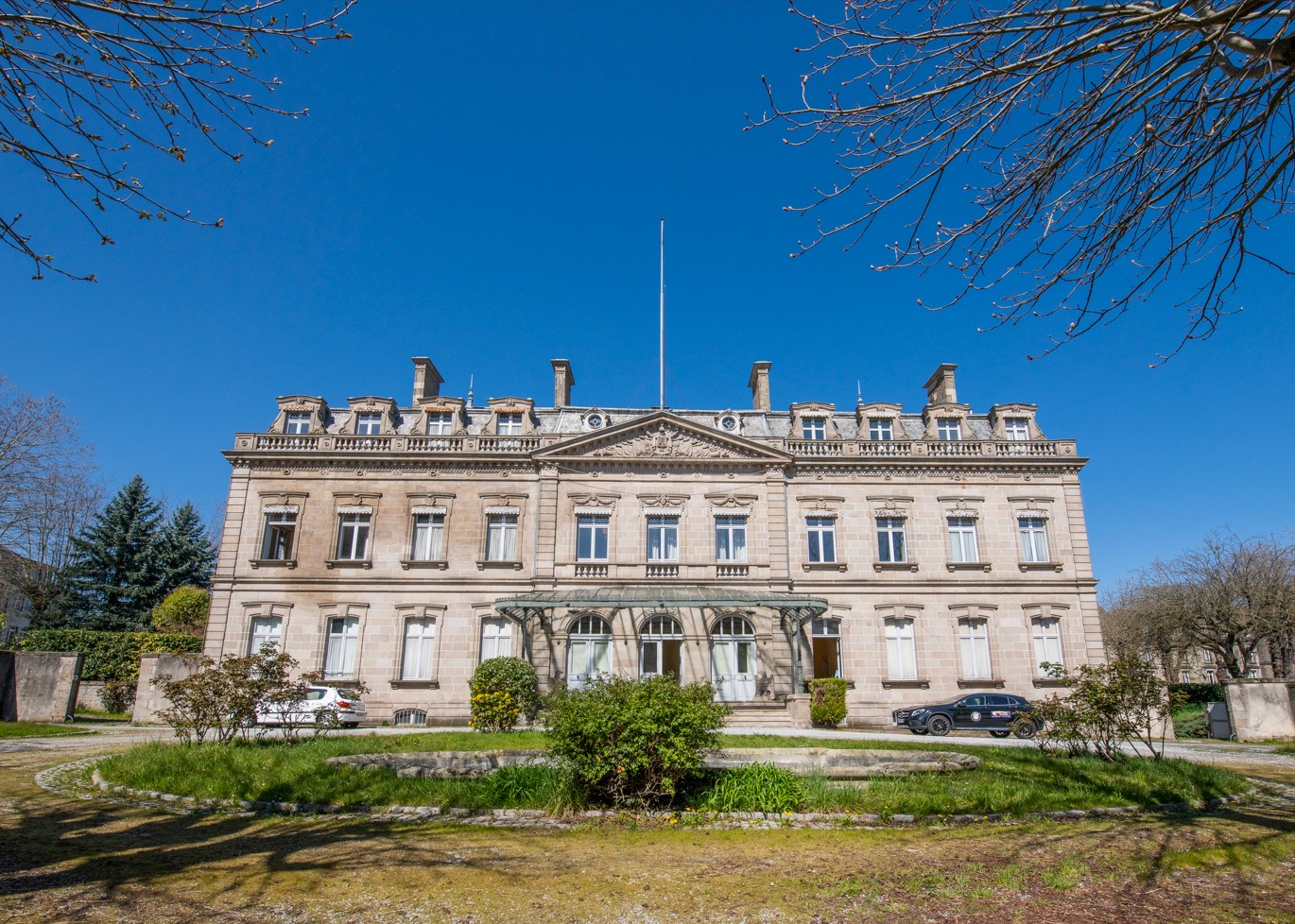 Command hotel ©Laurent Lagarde
Command hotel ©Laurent Lagarde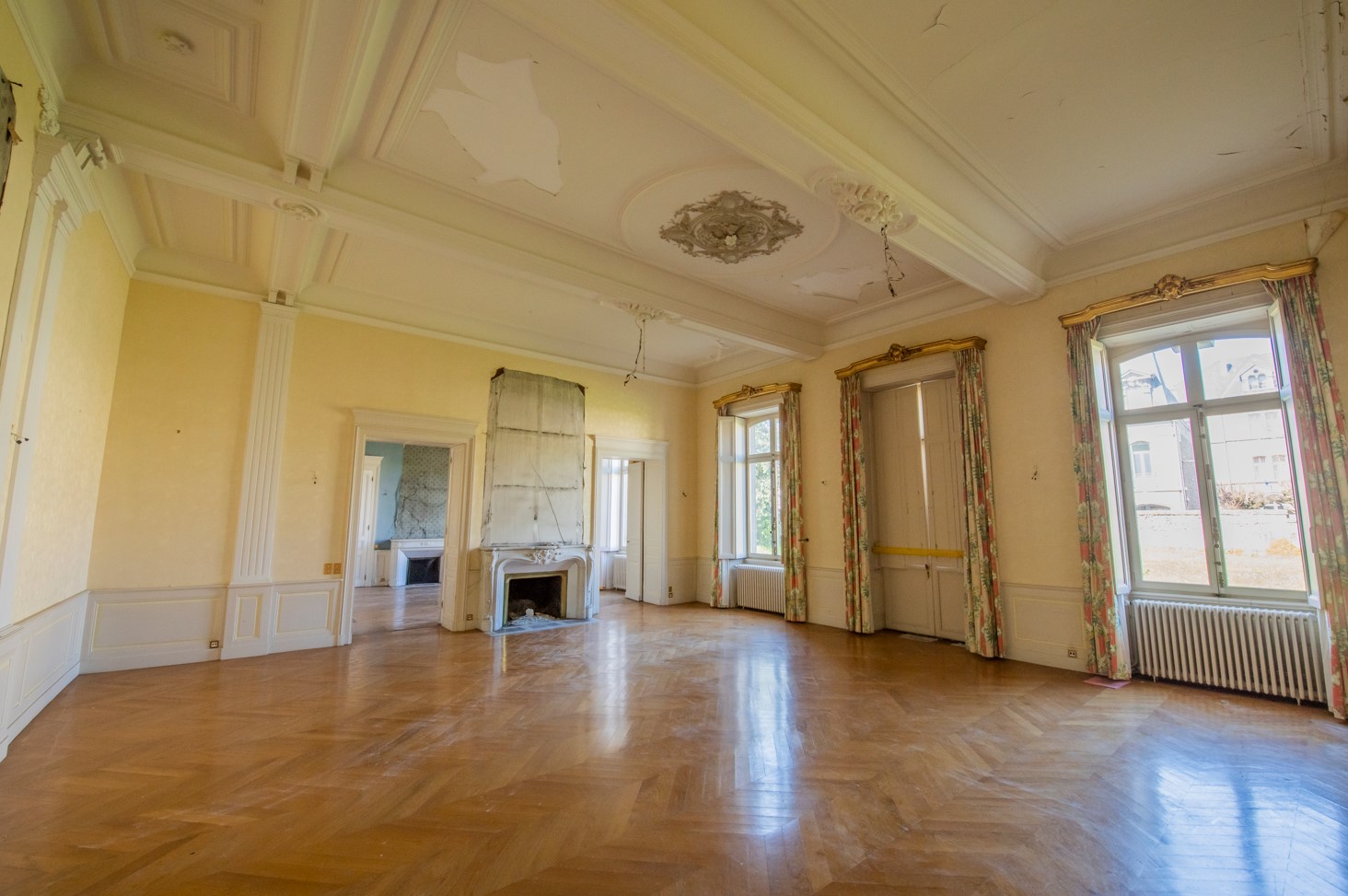 Laurent Lagarde
Laurent Lagarde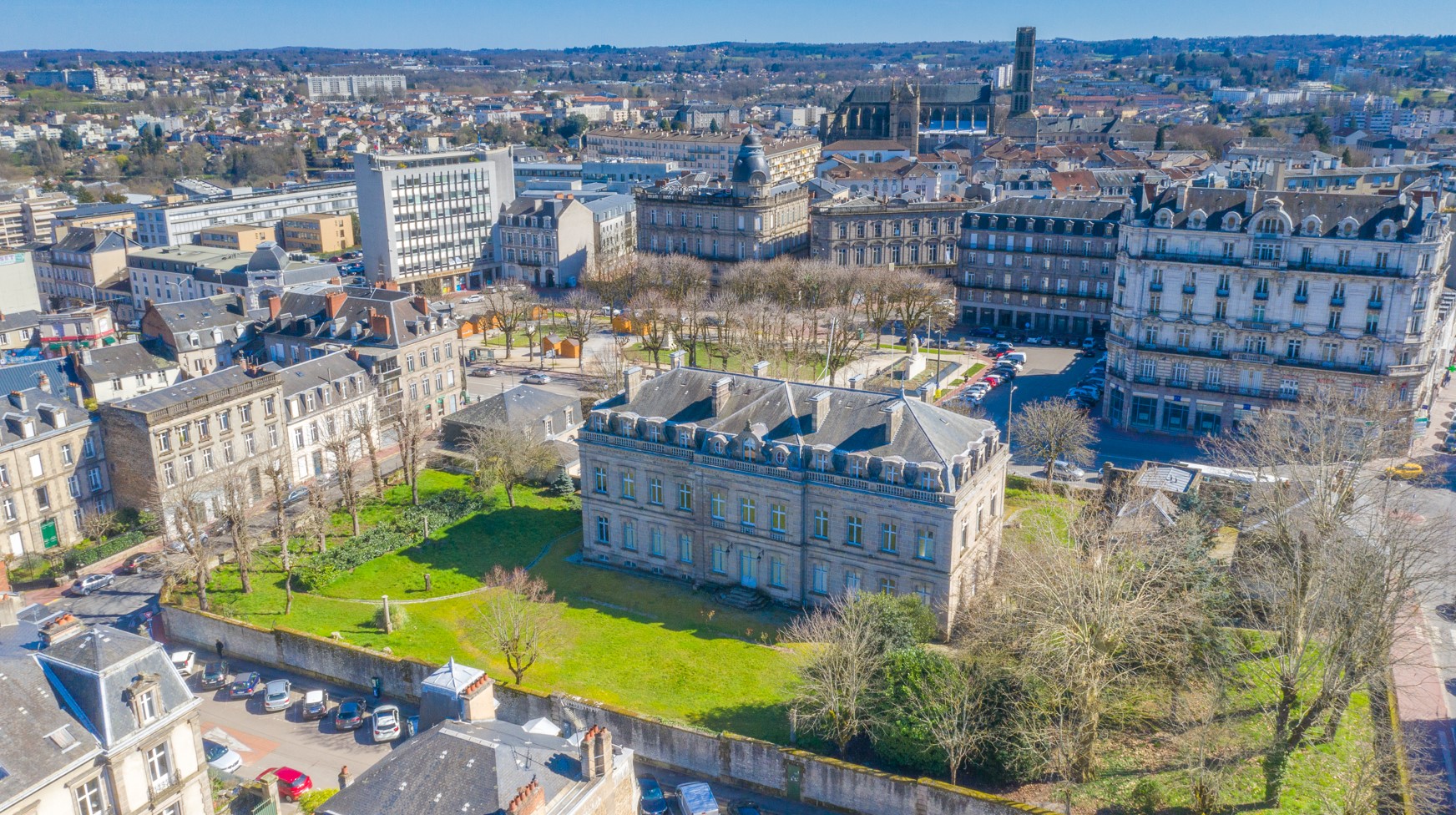 The 7 in Limoges – City of Limoges
The 7 in Limoges – City of Limoges
